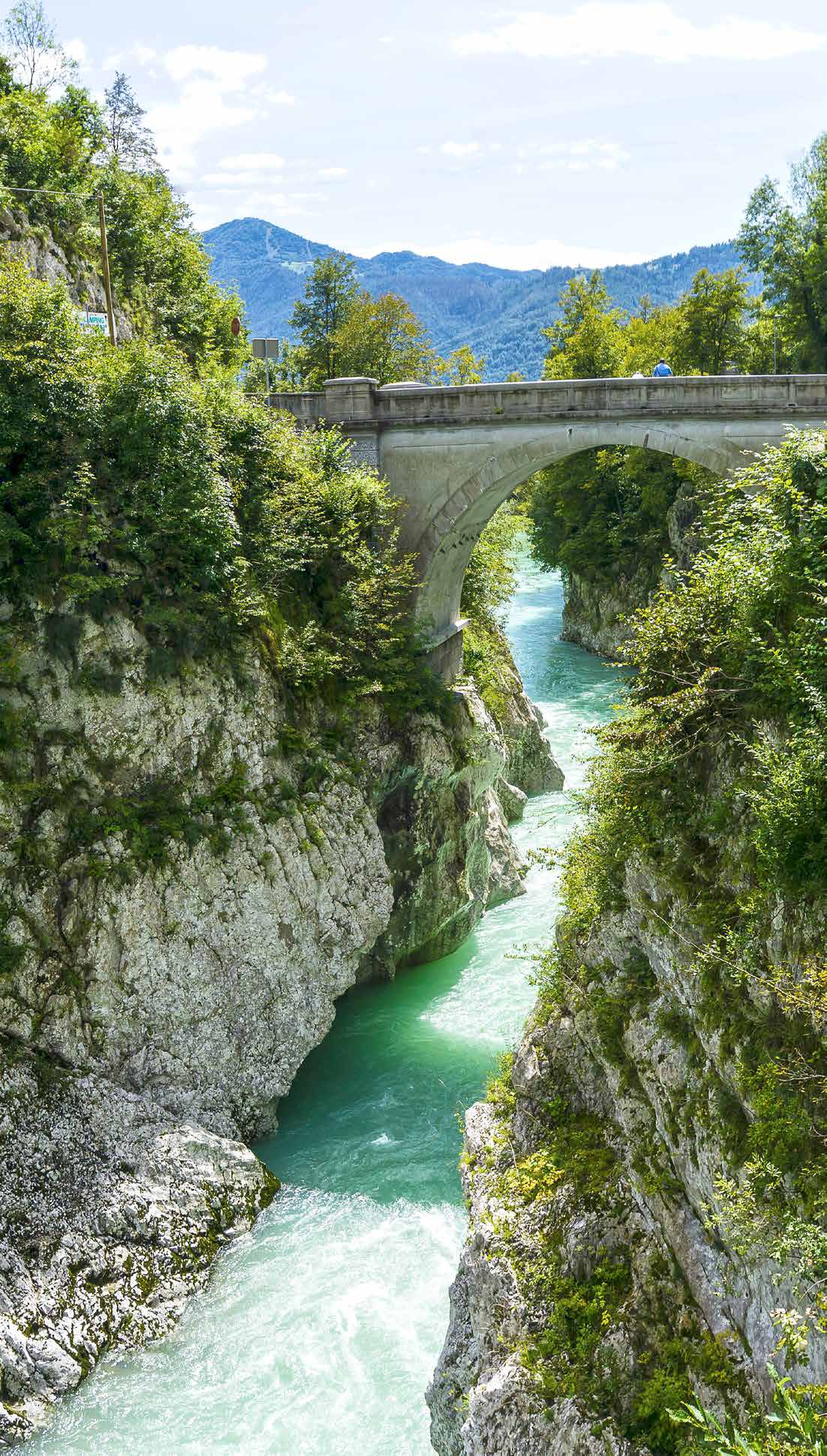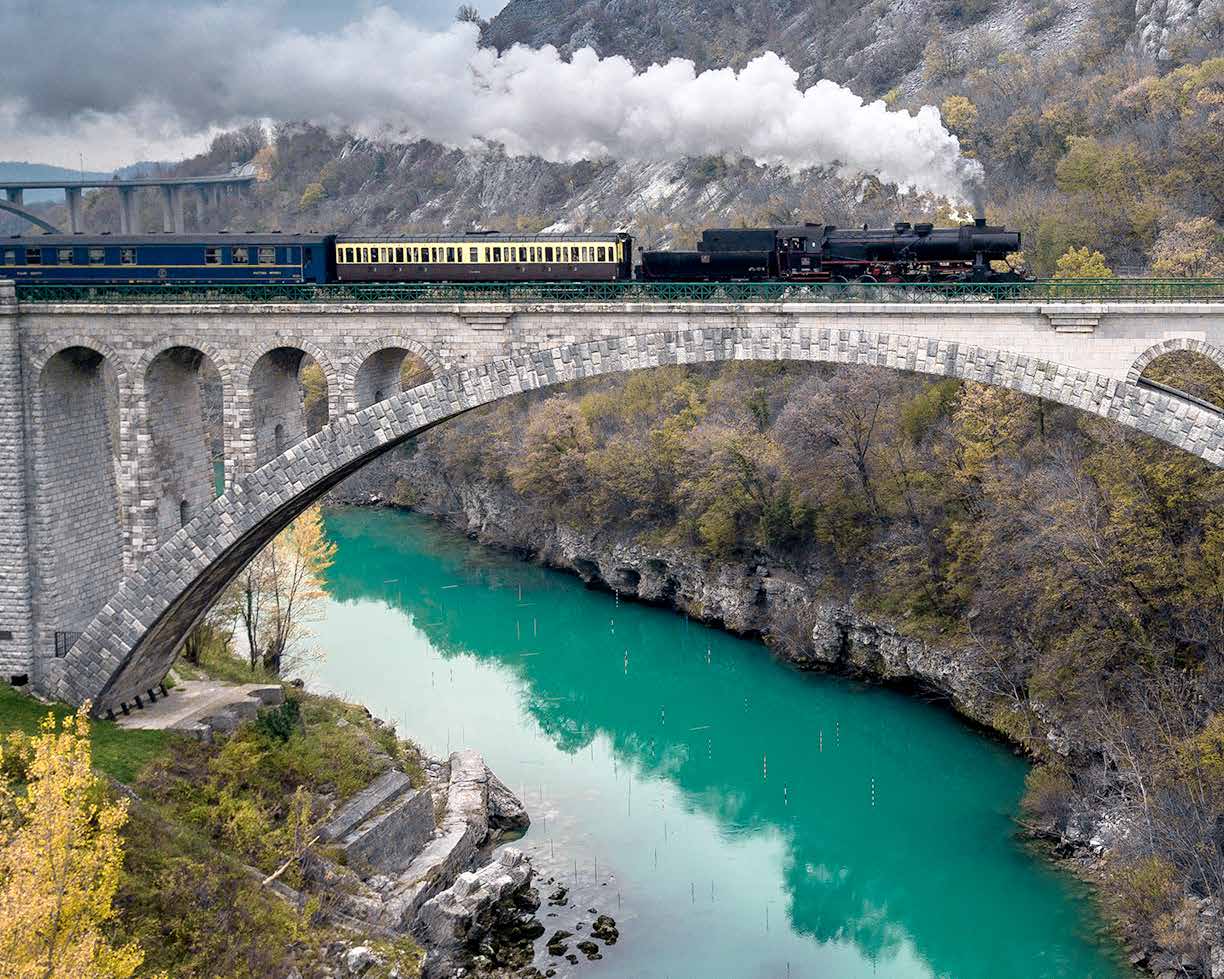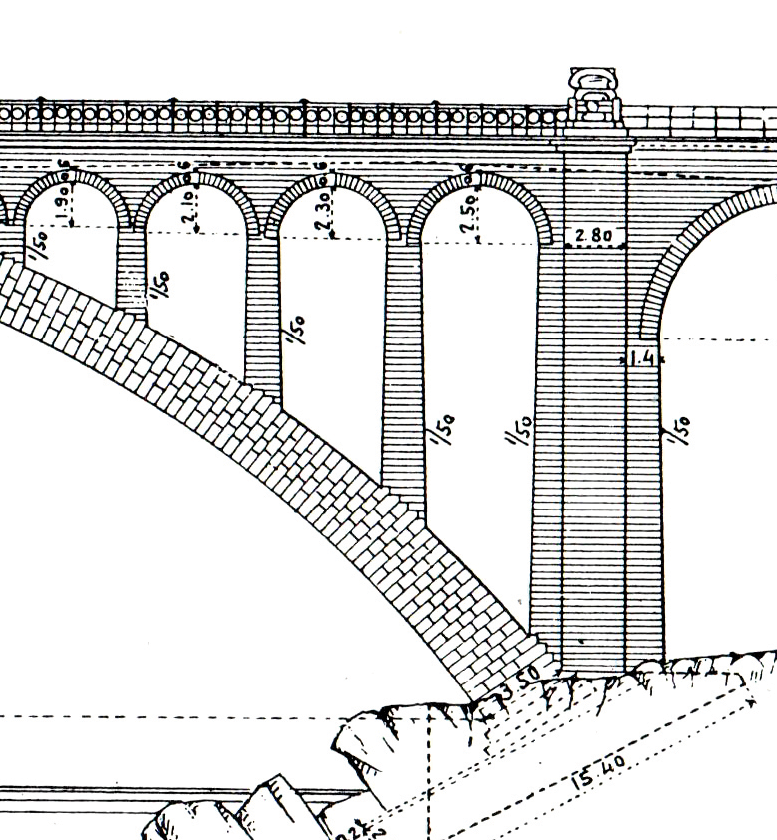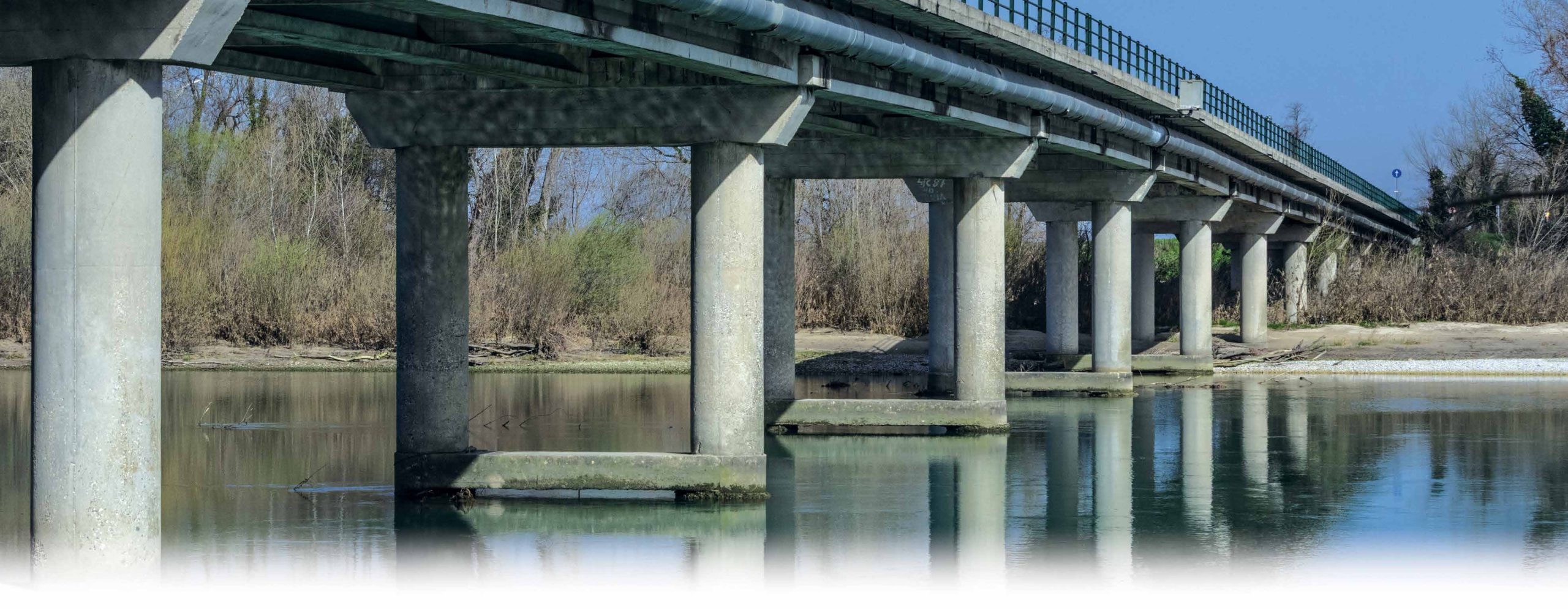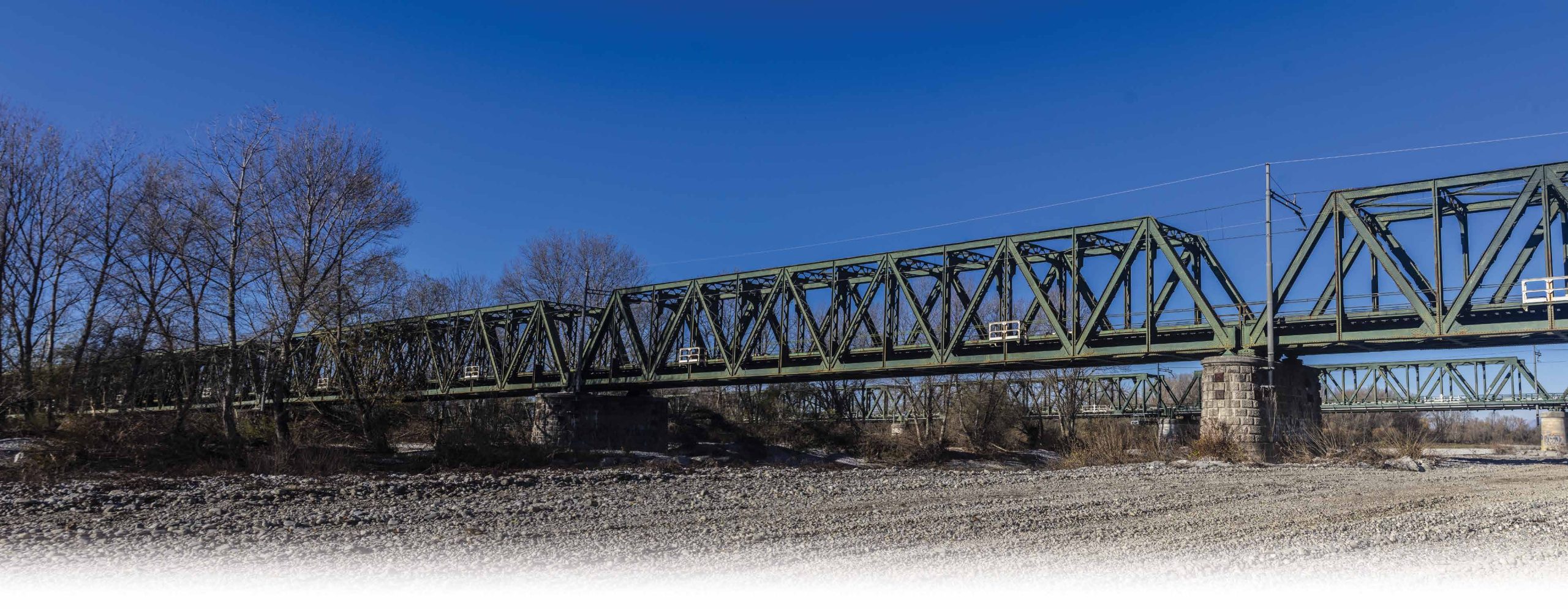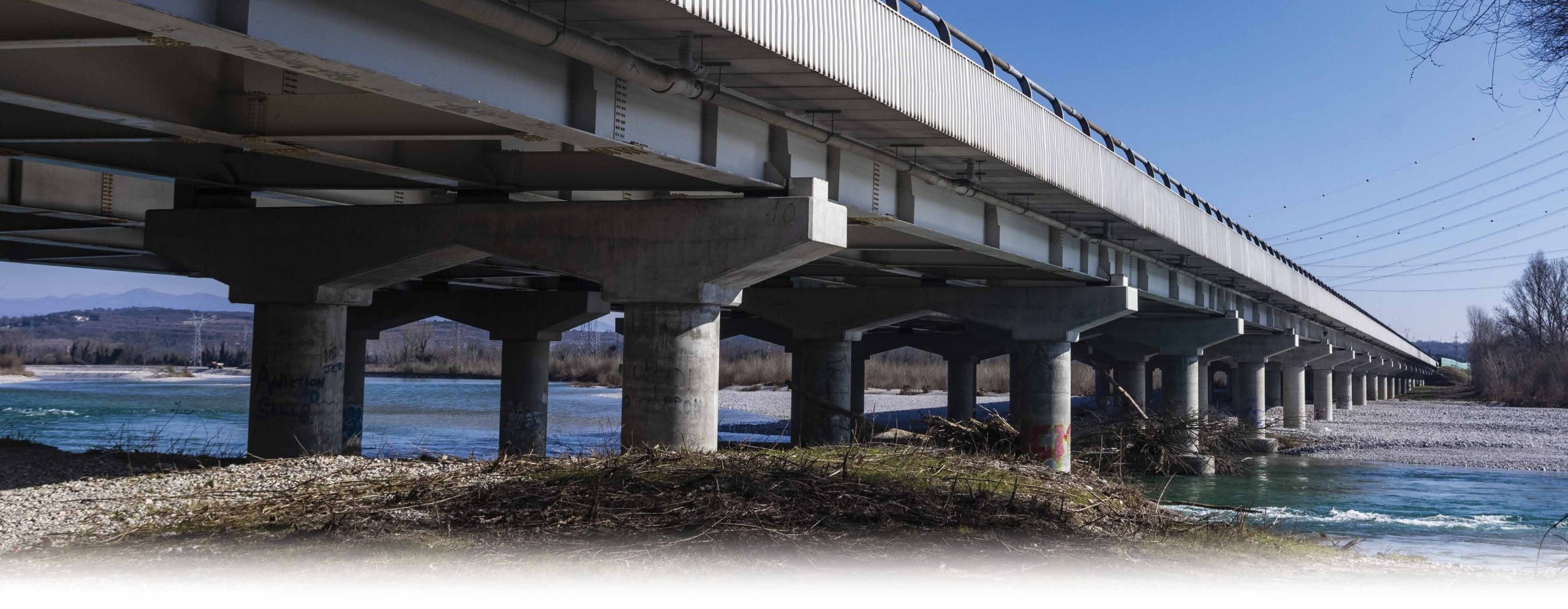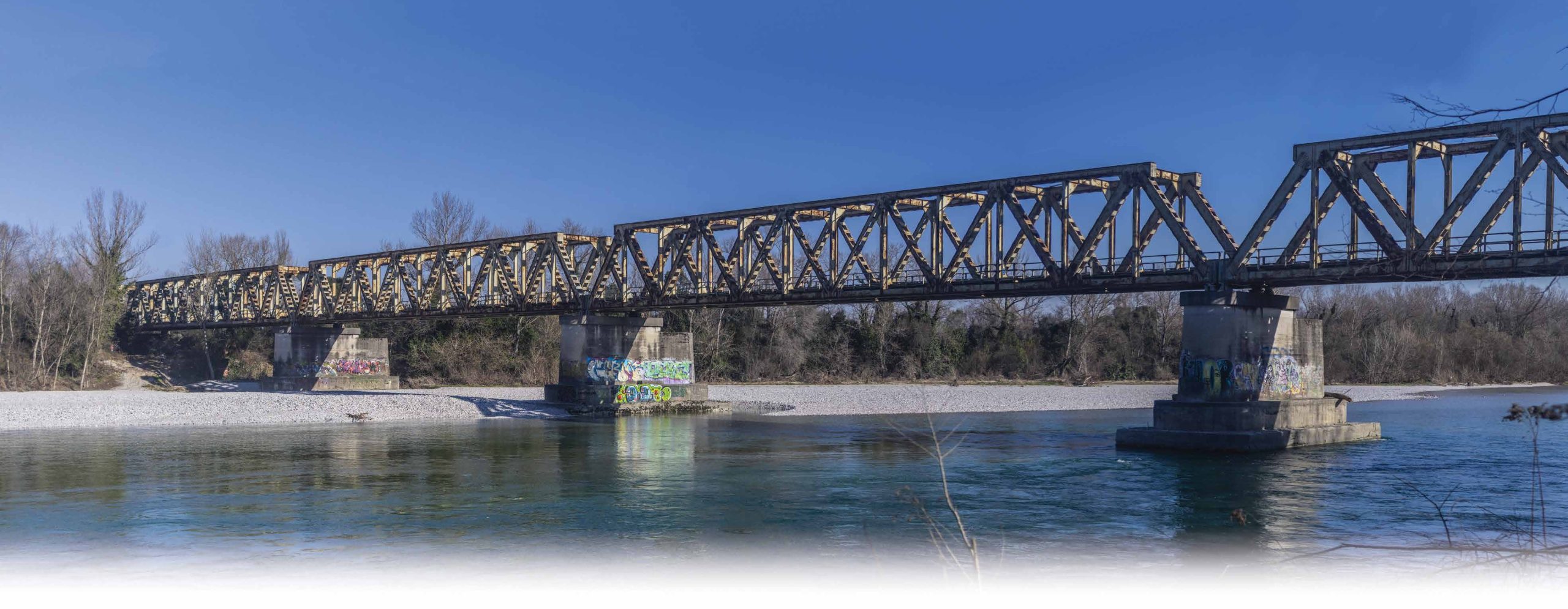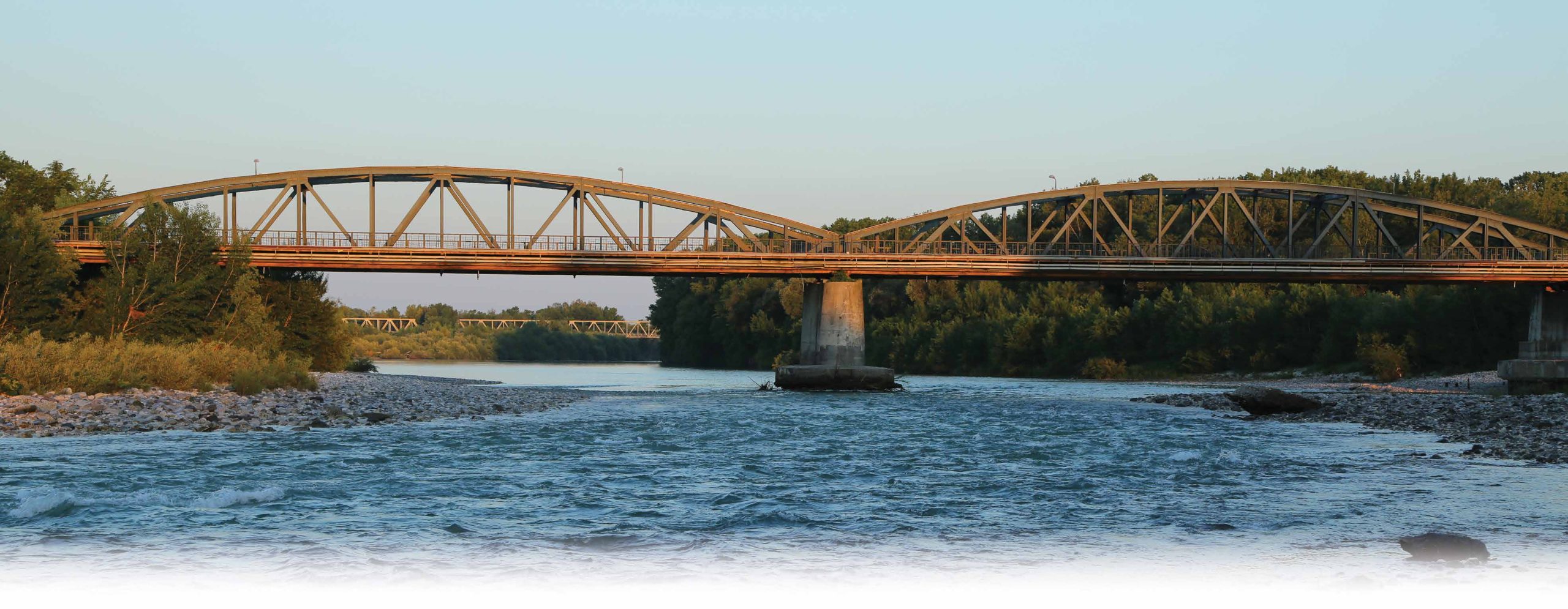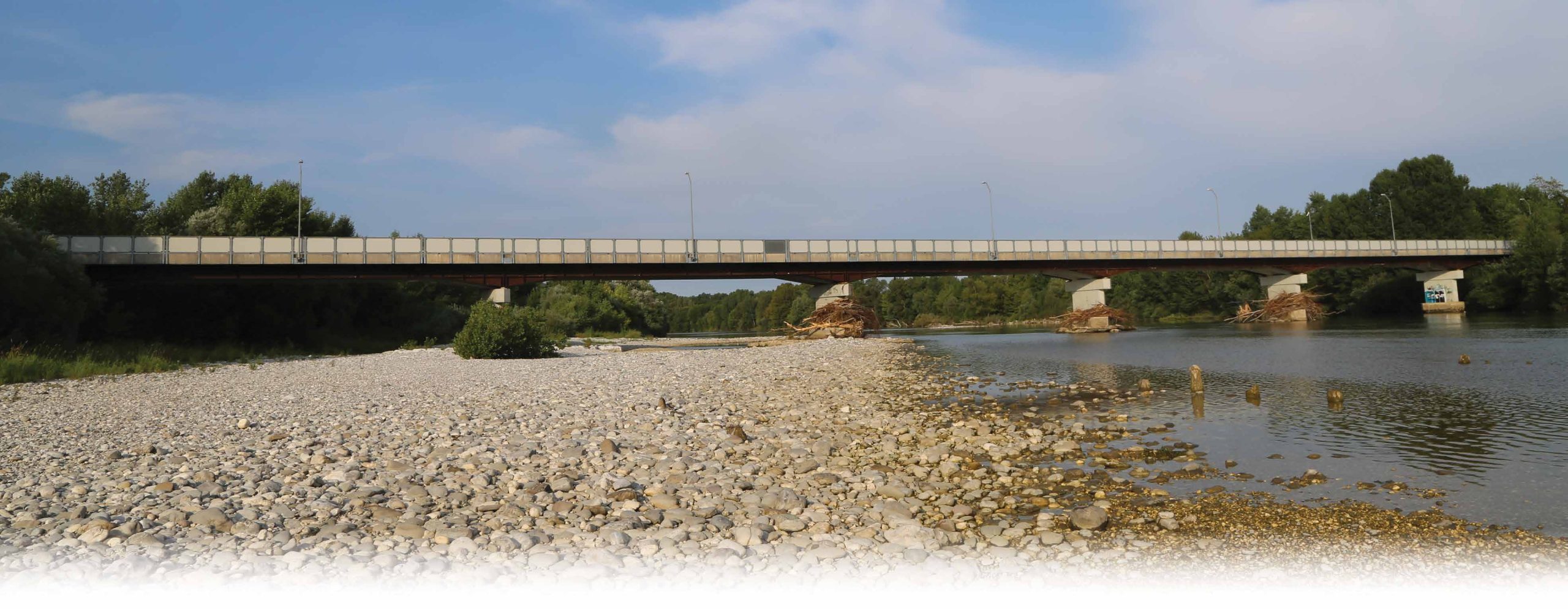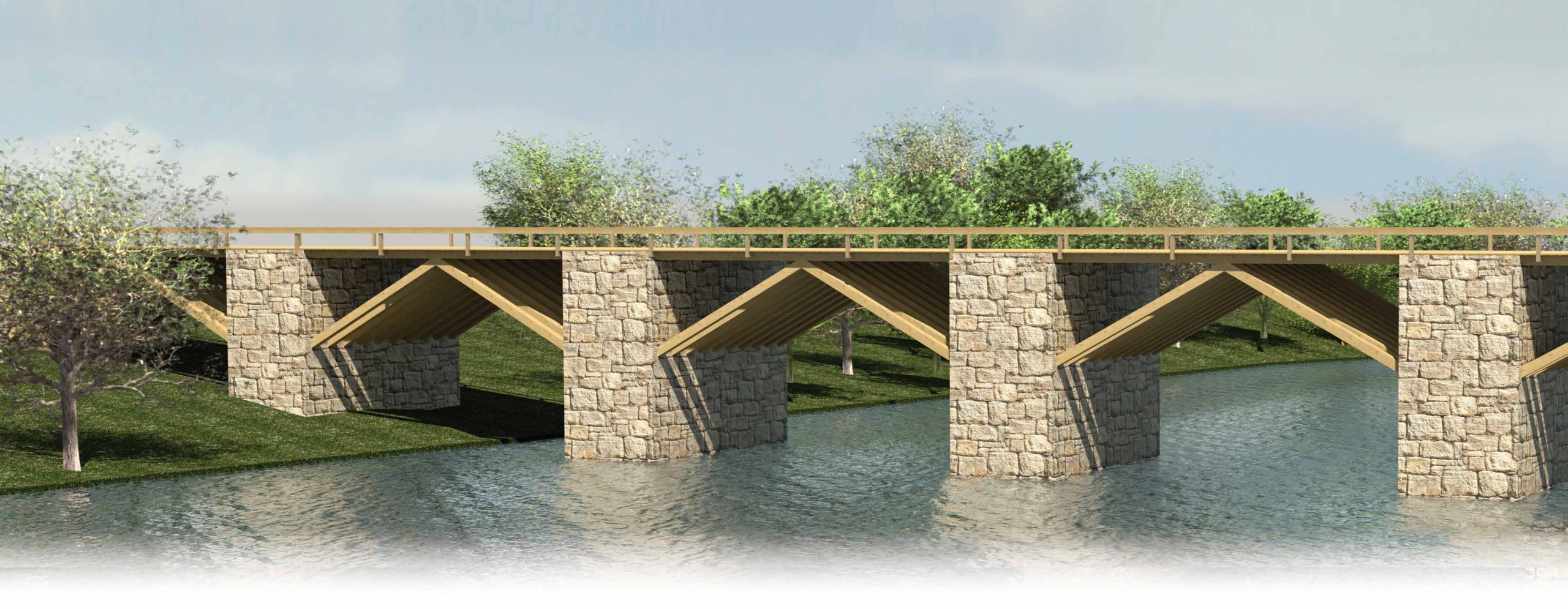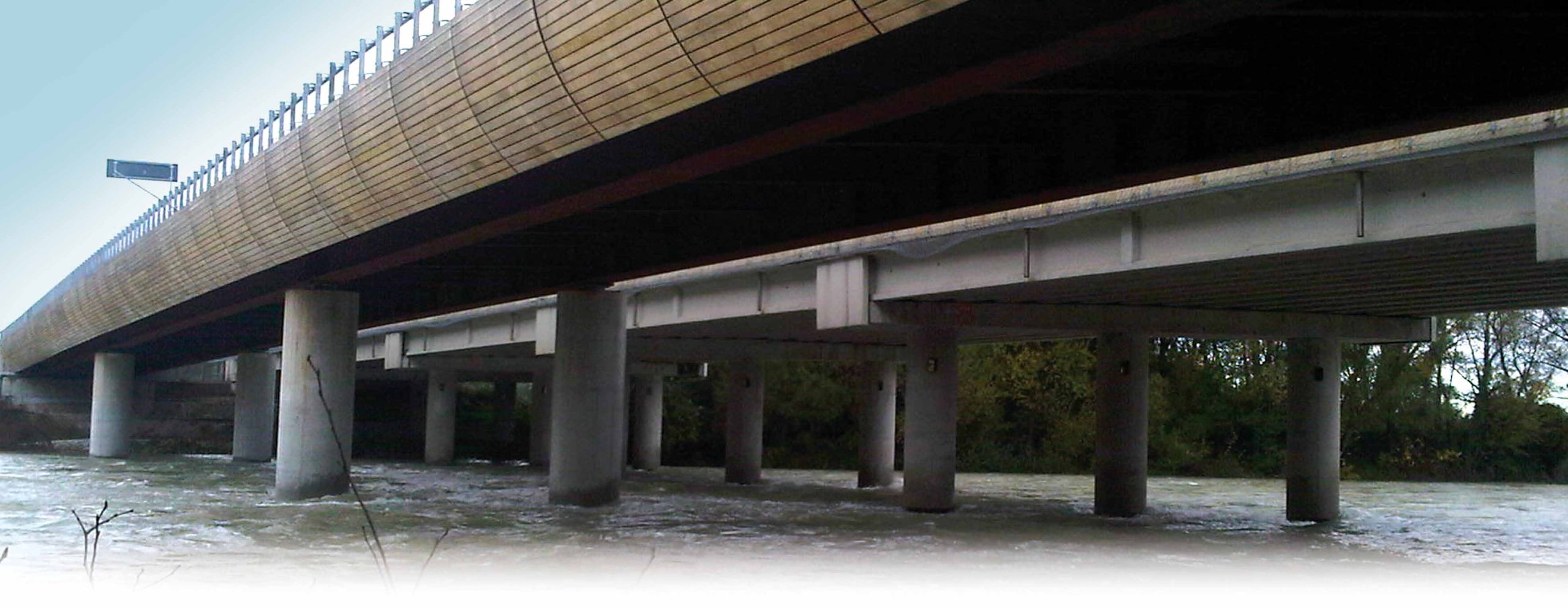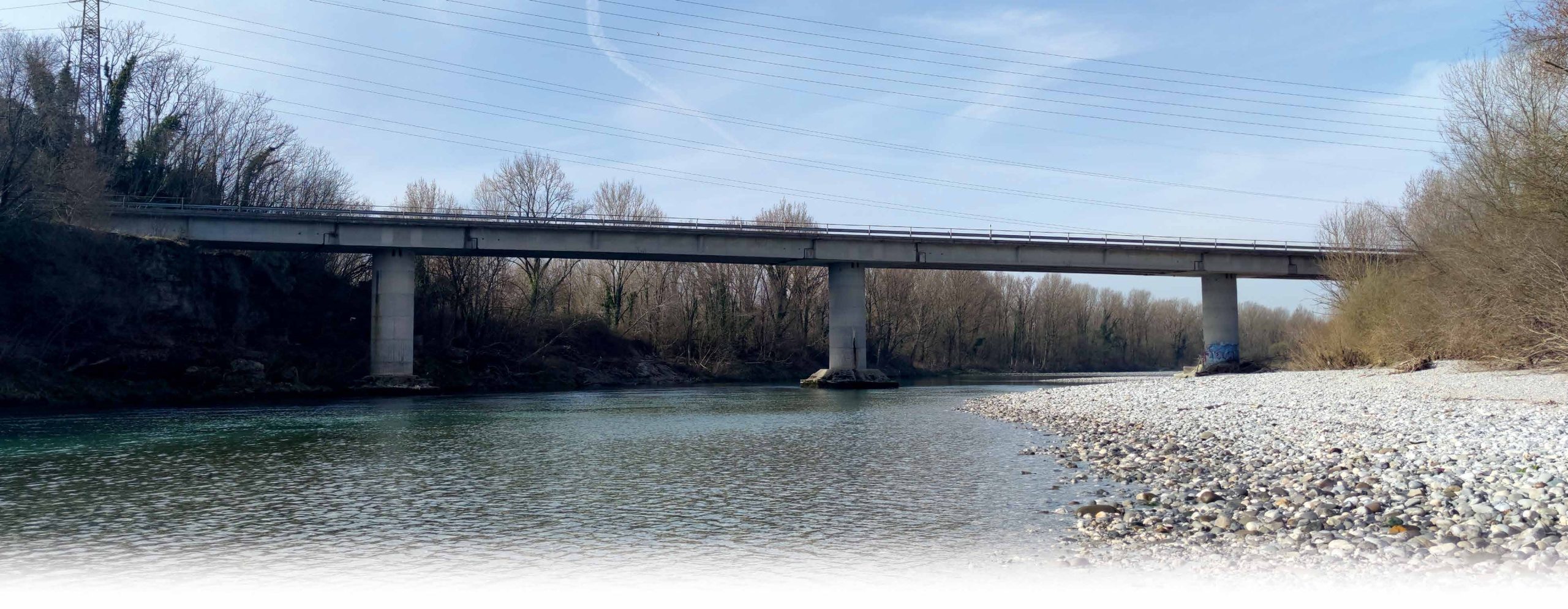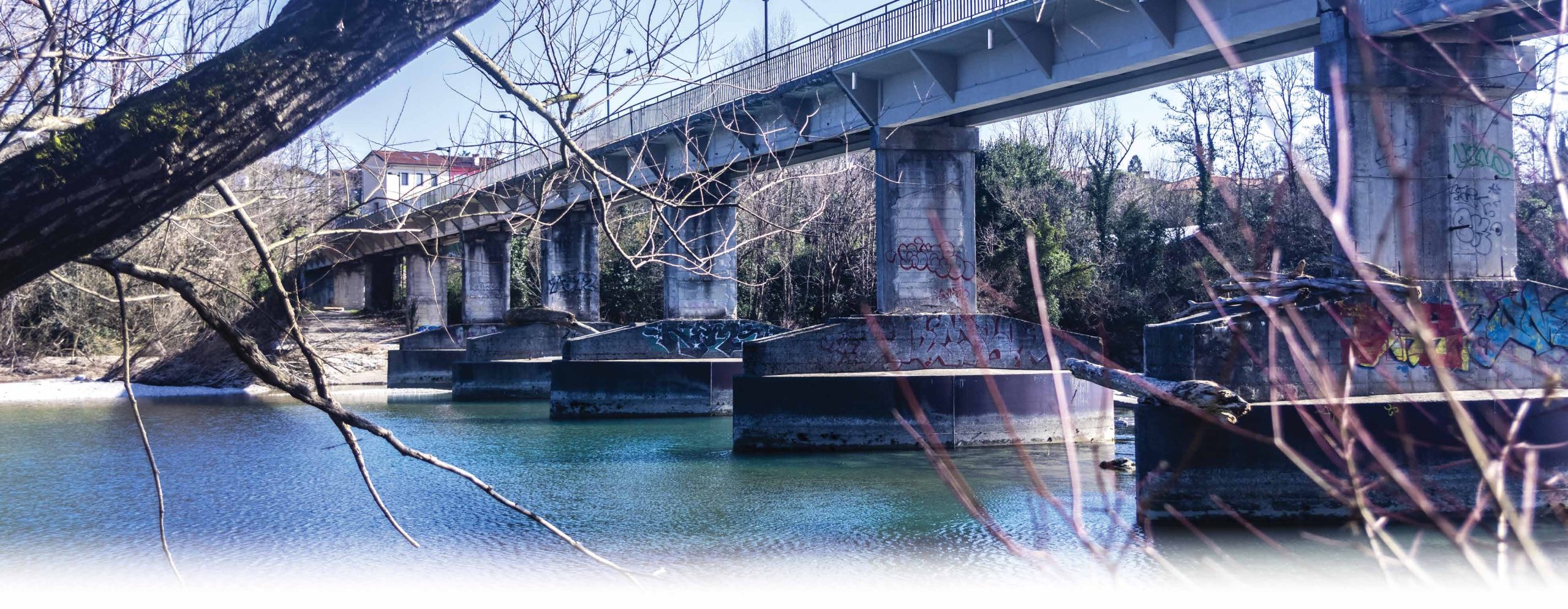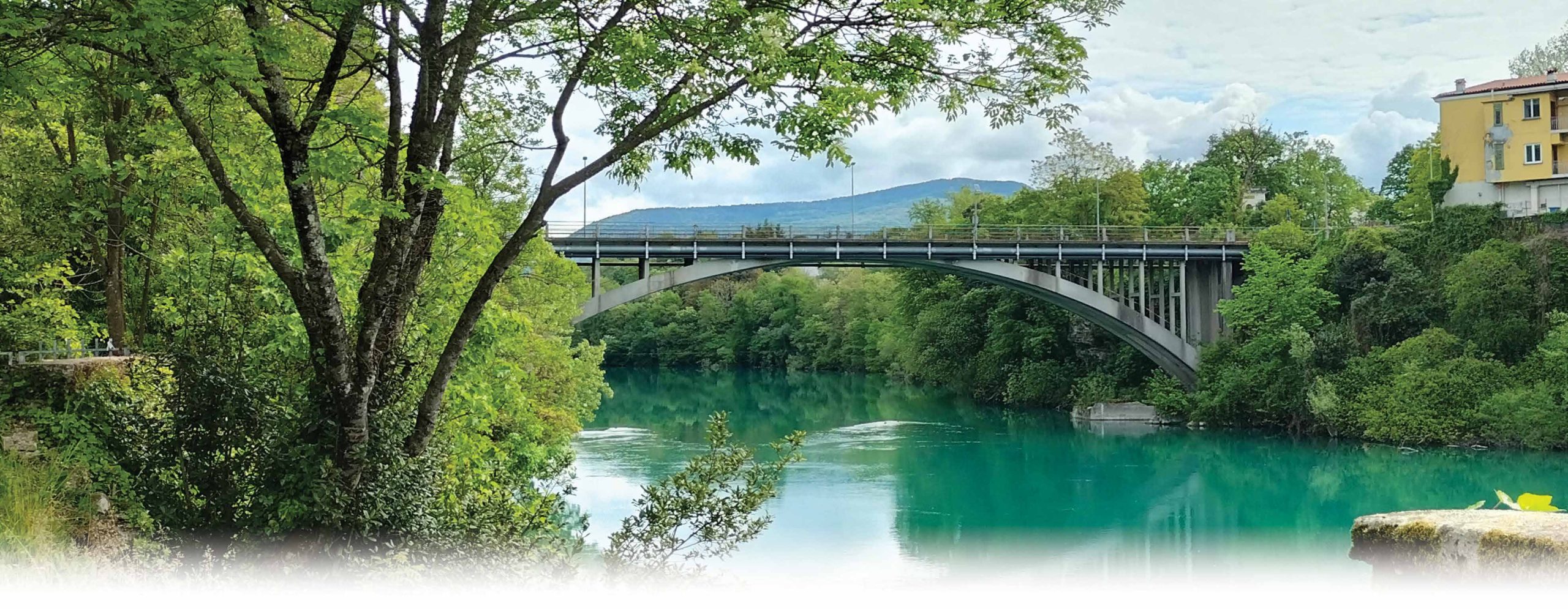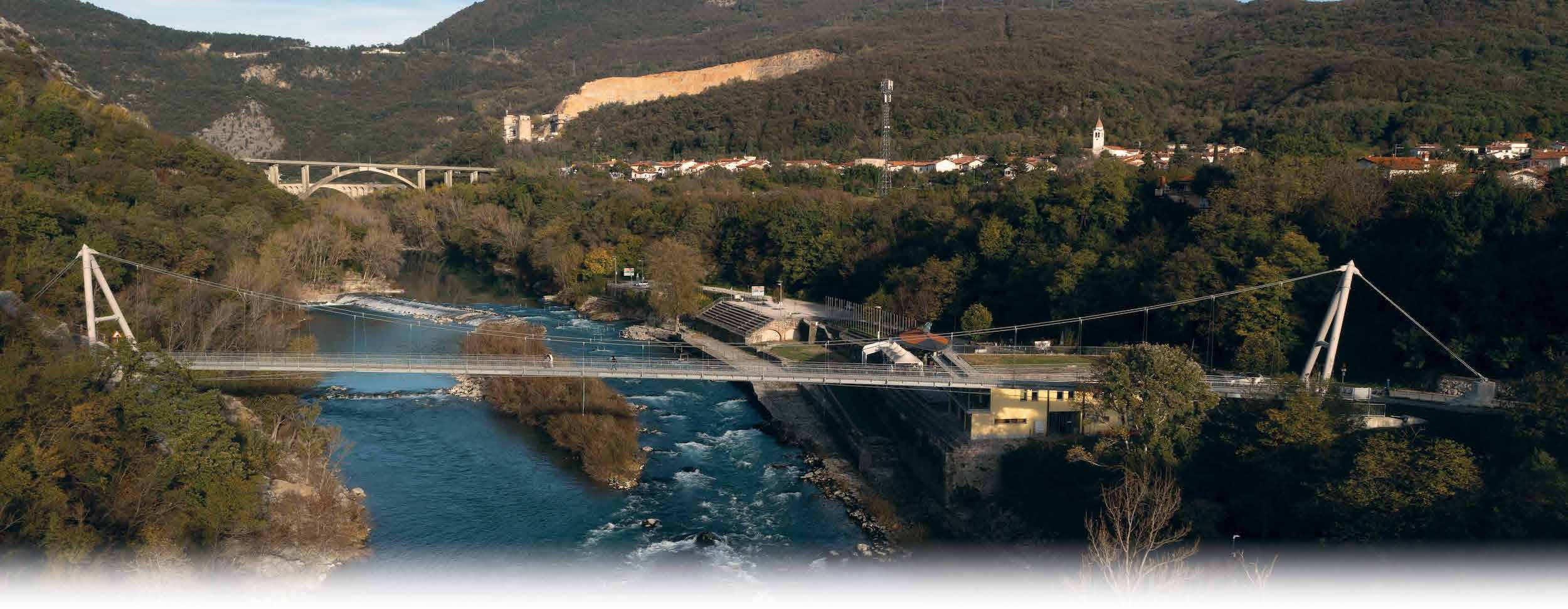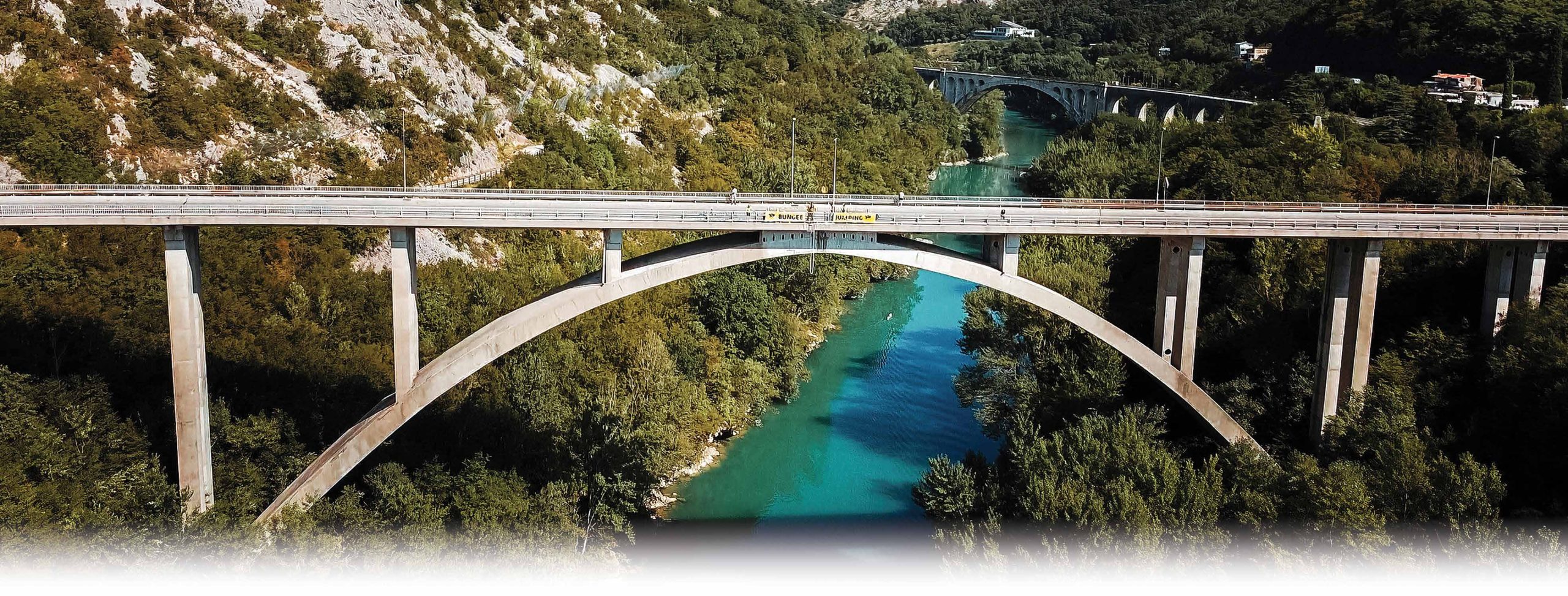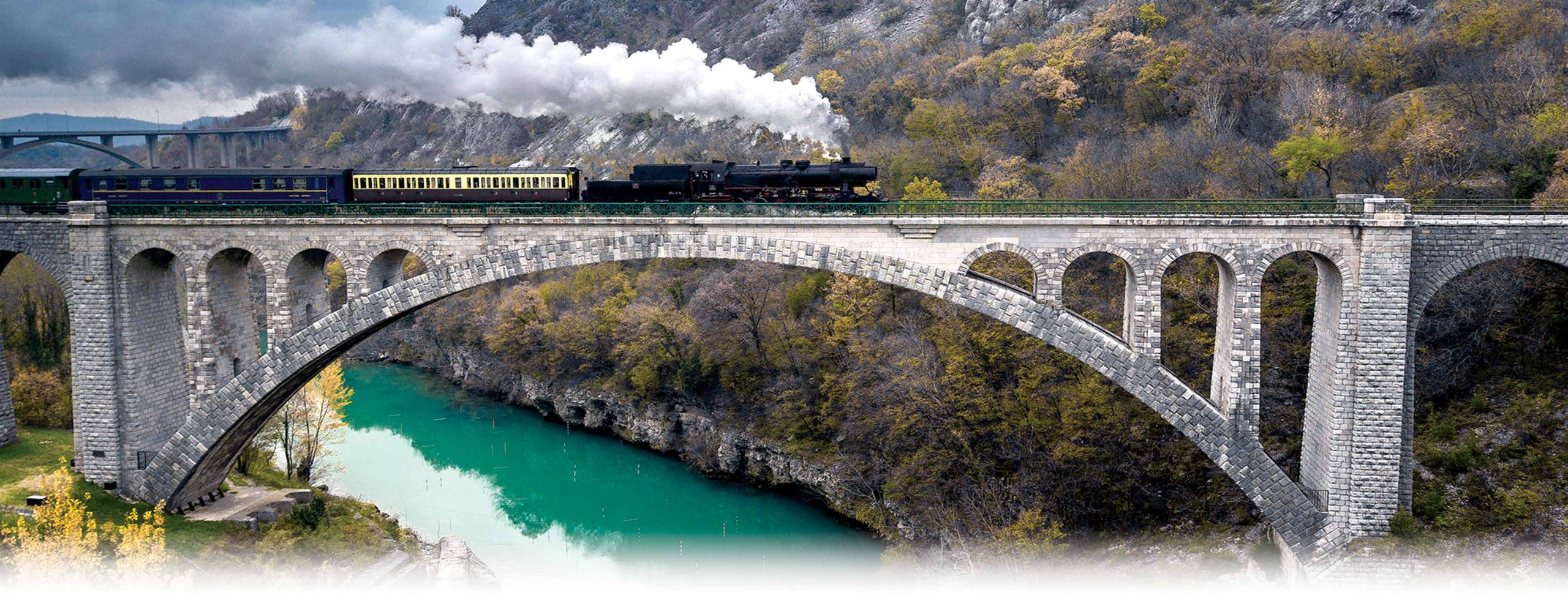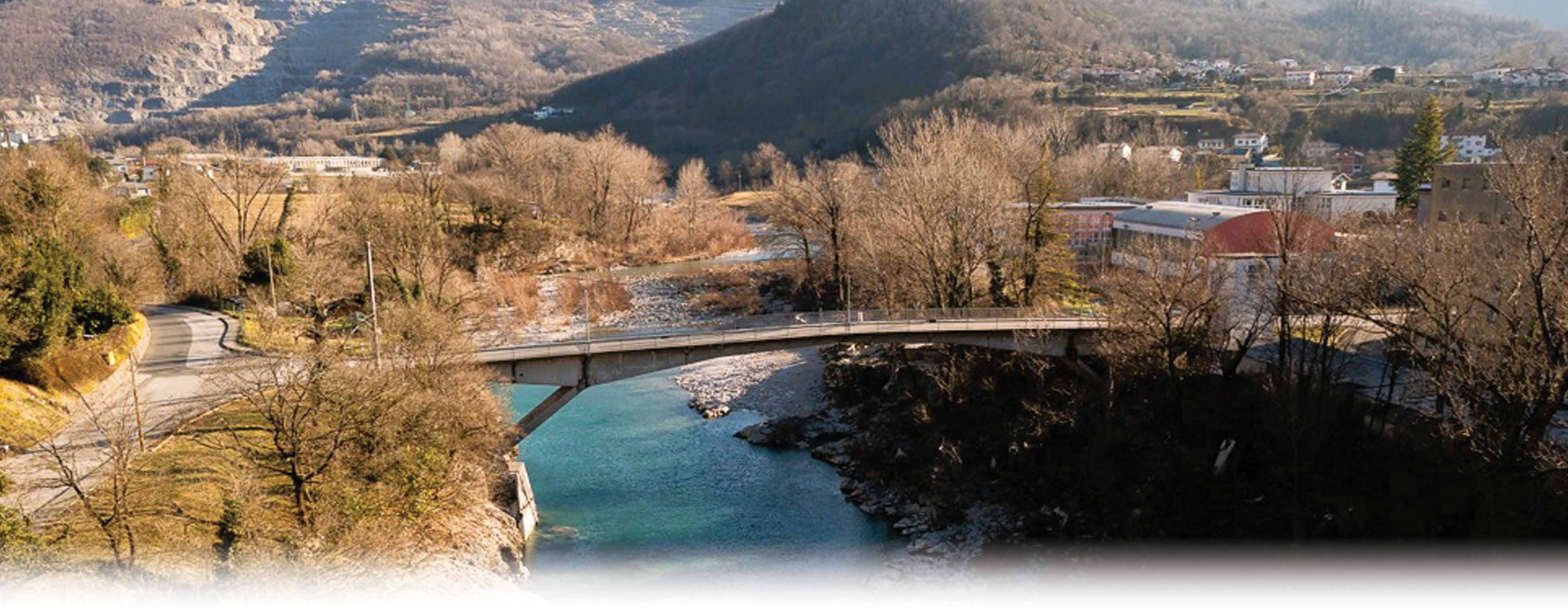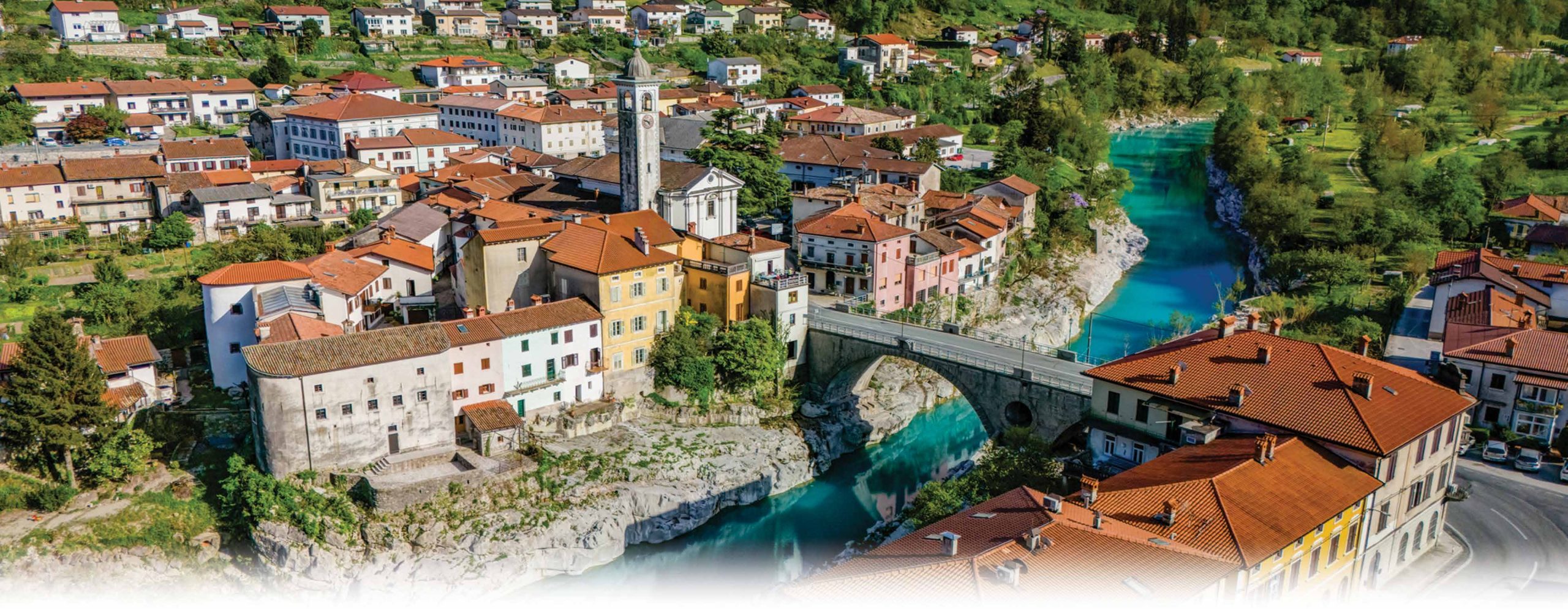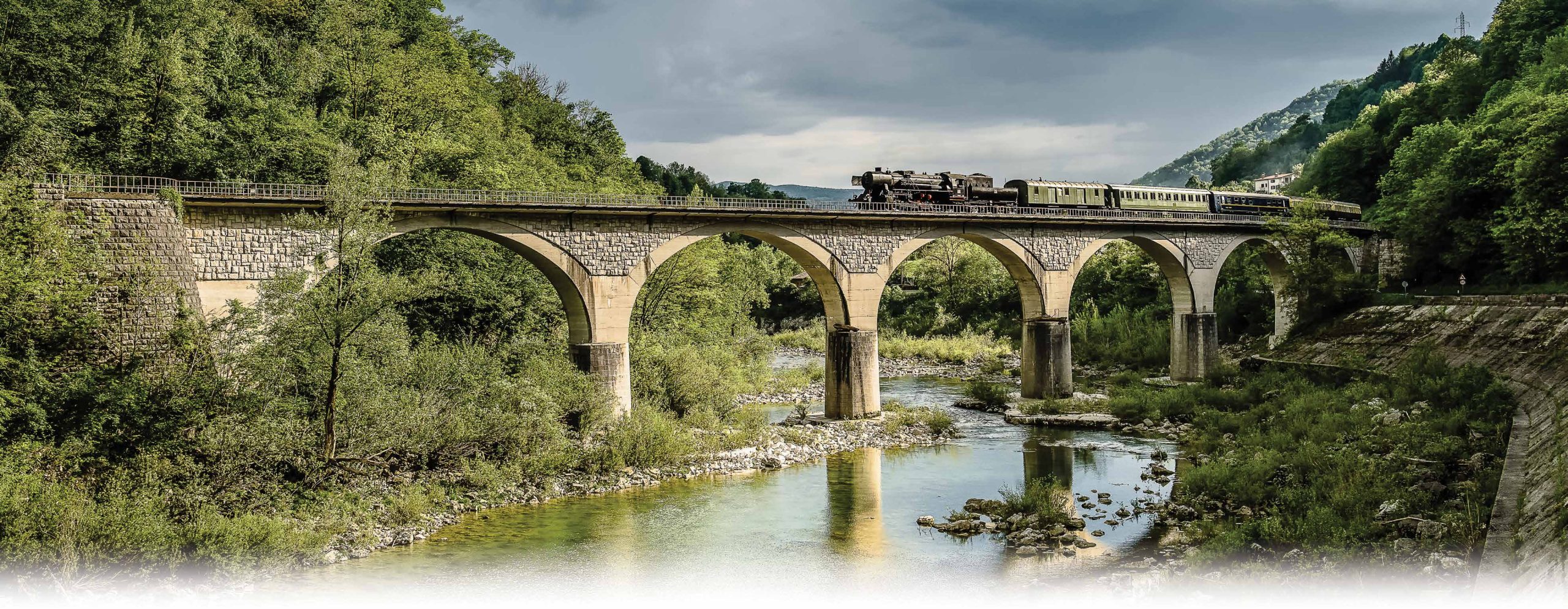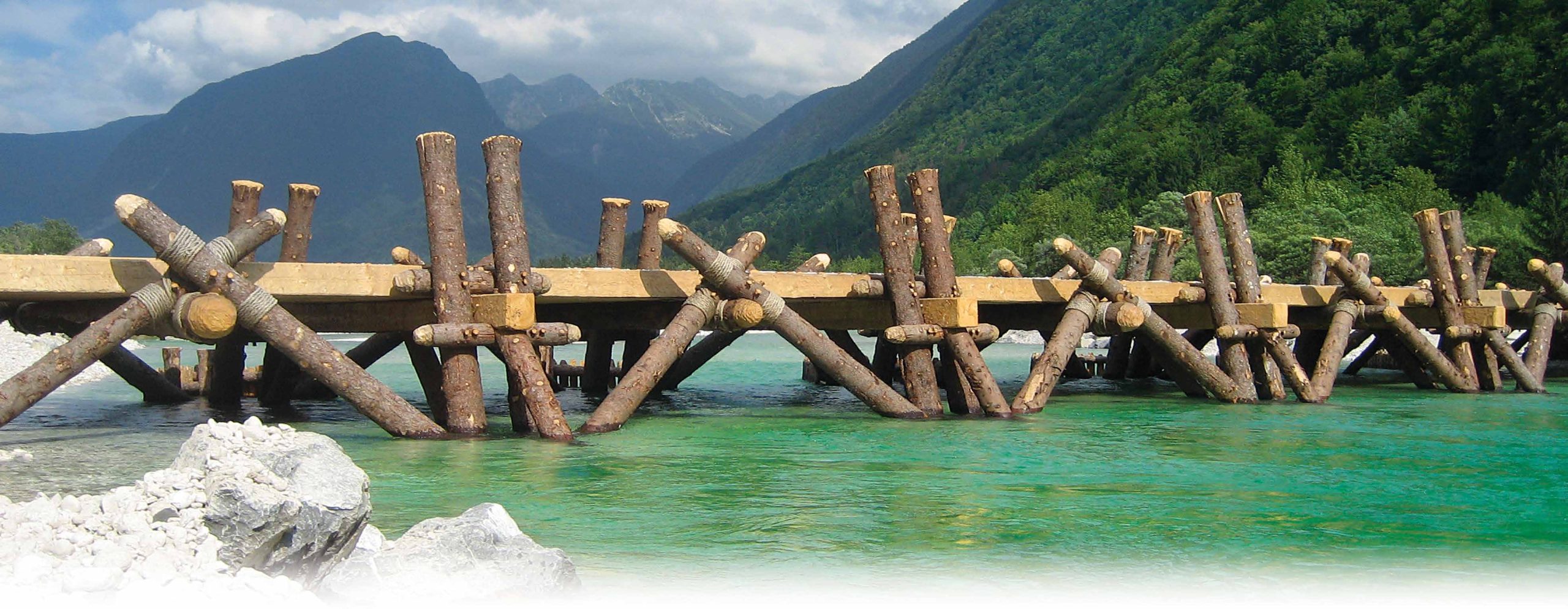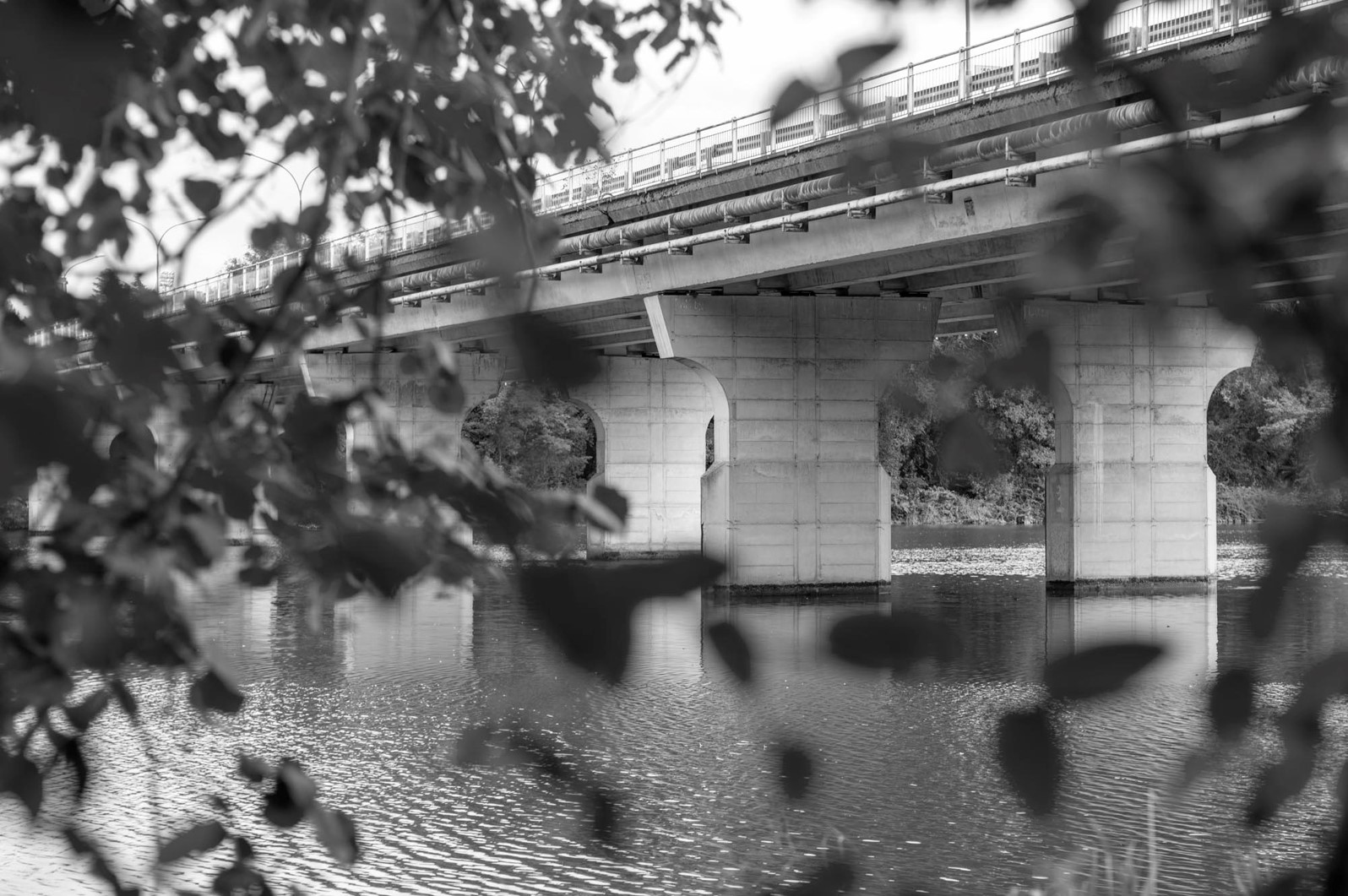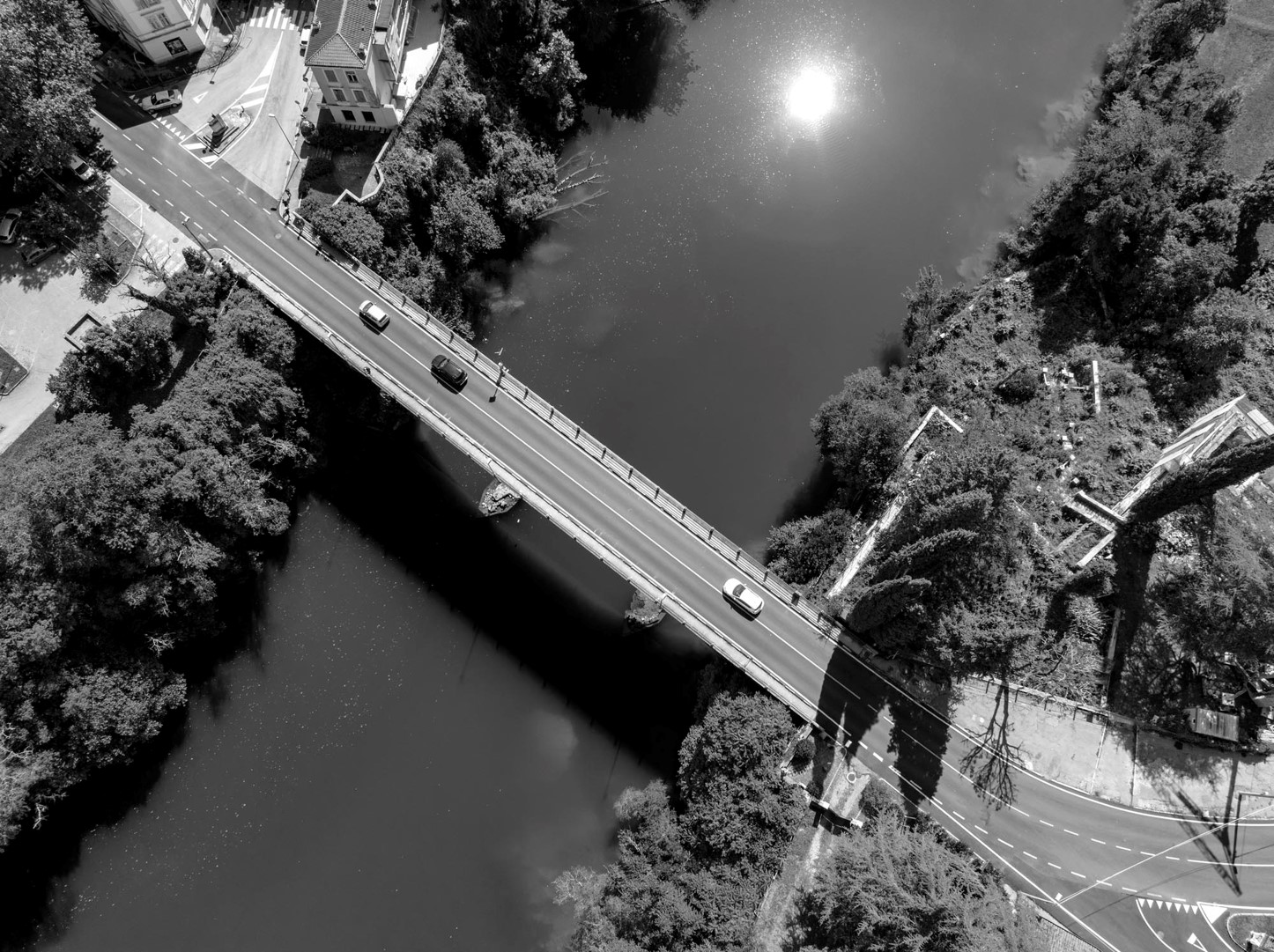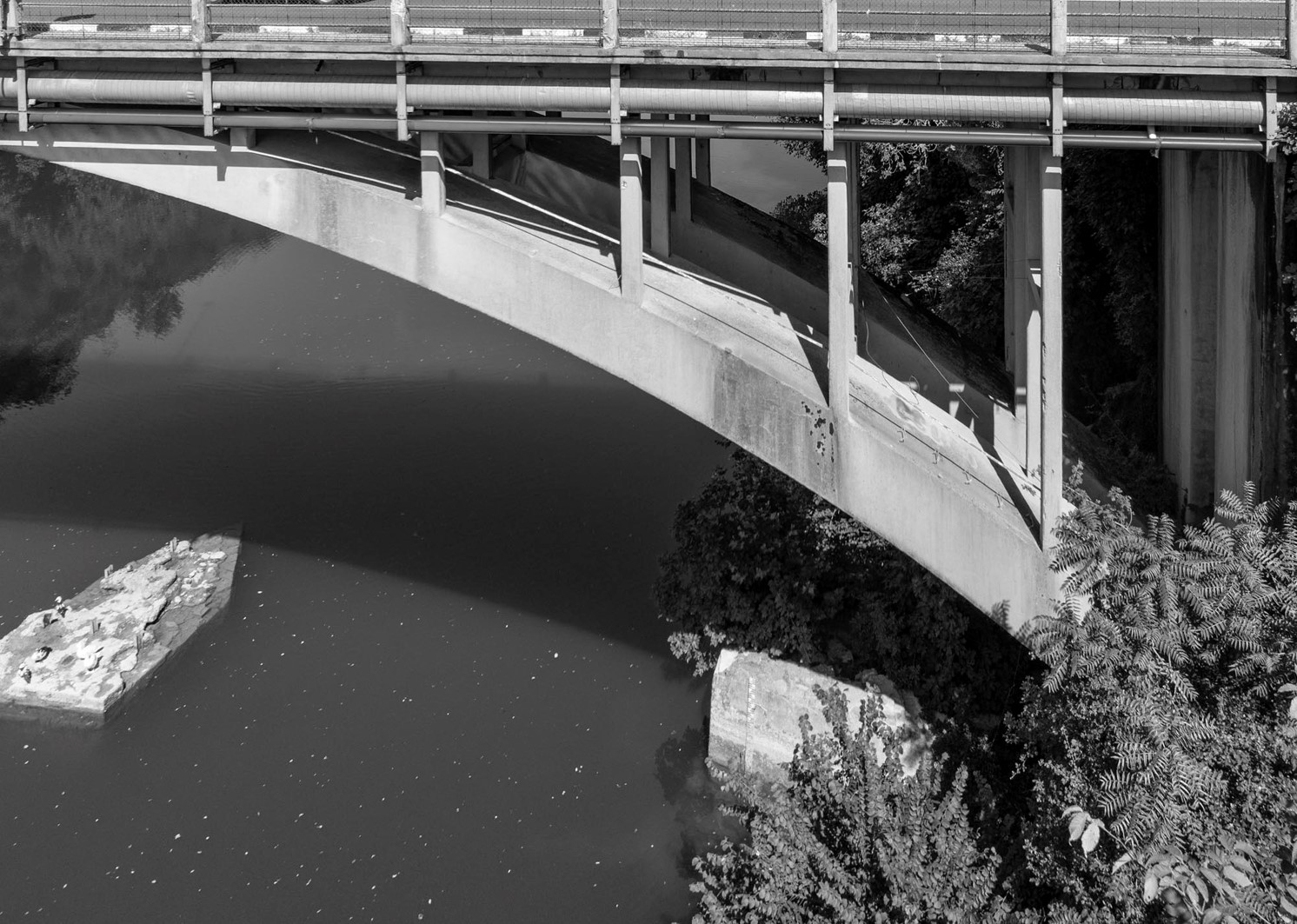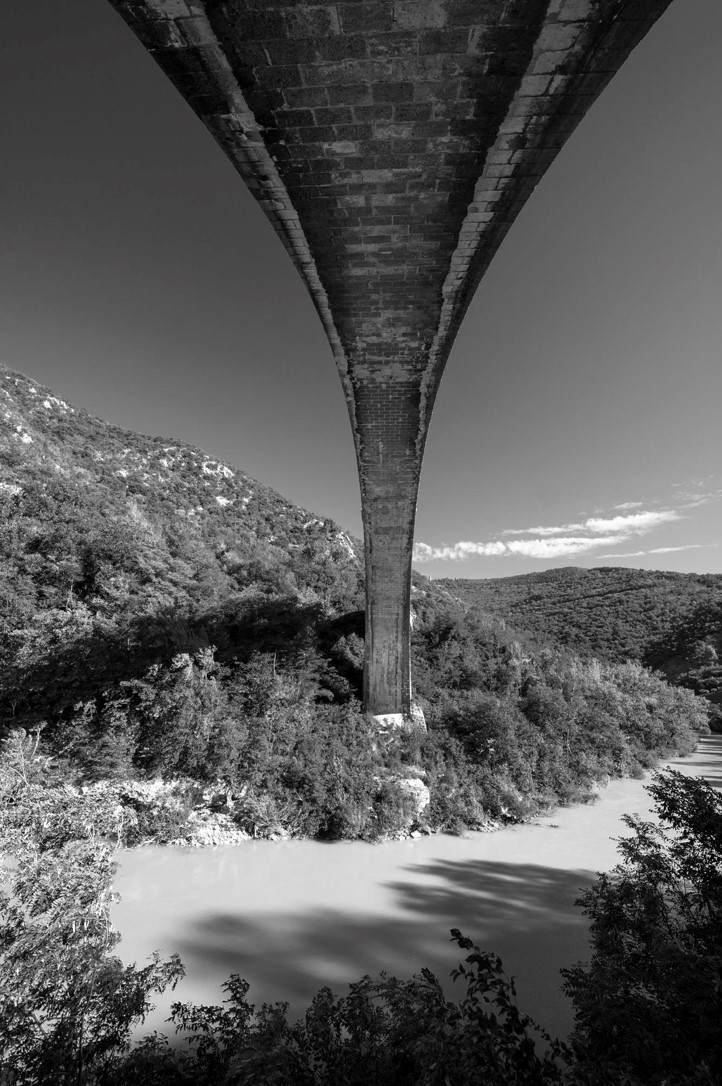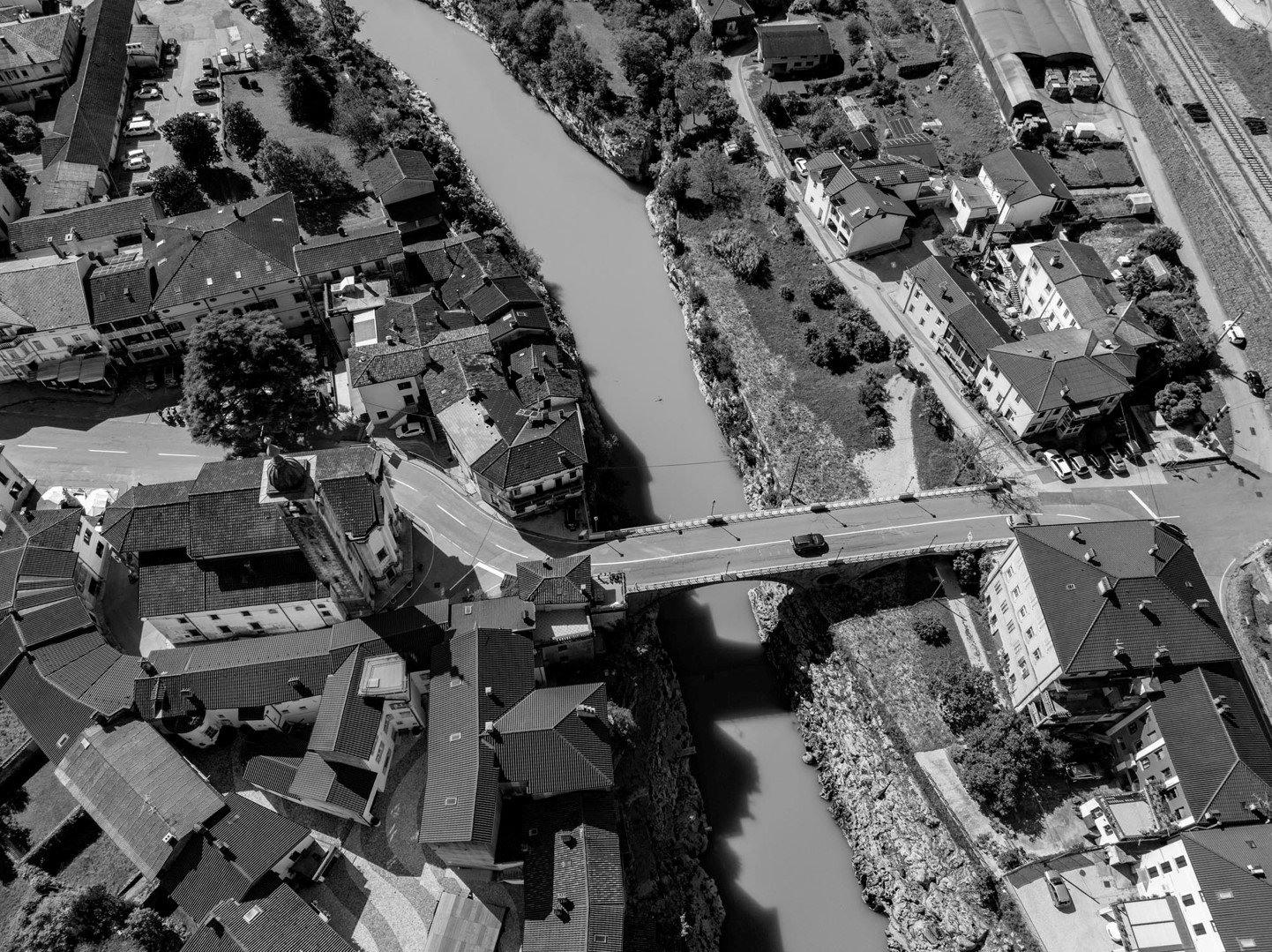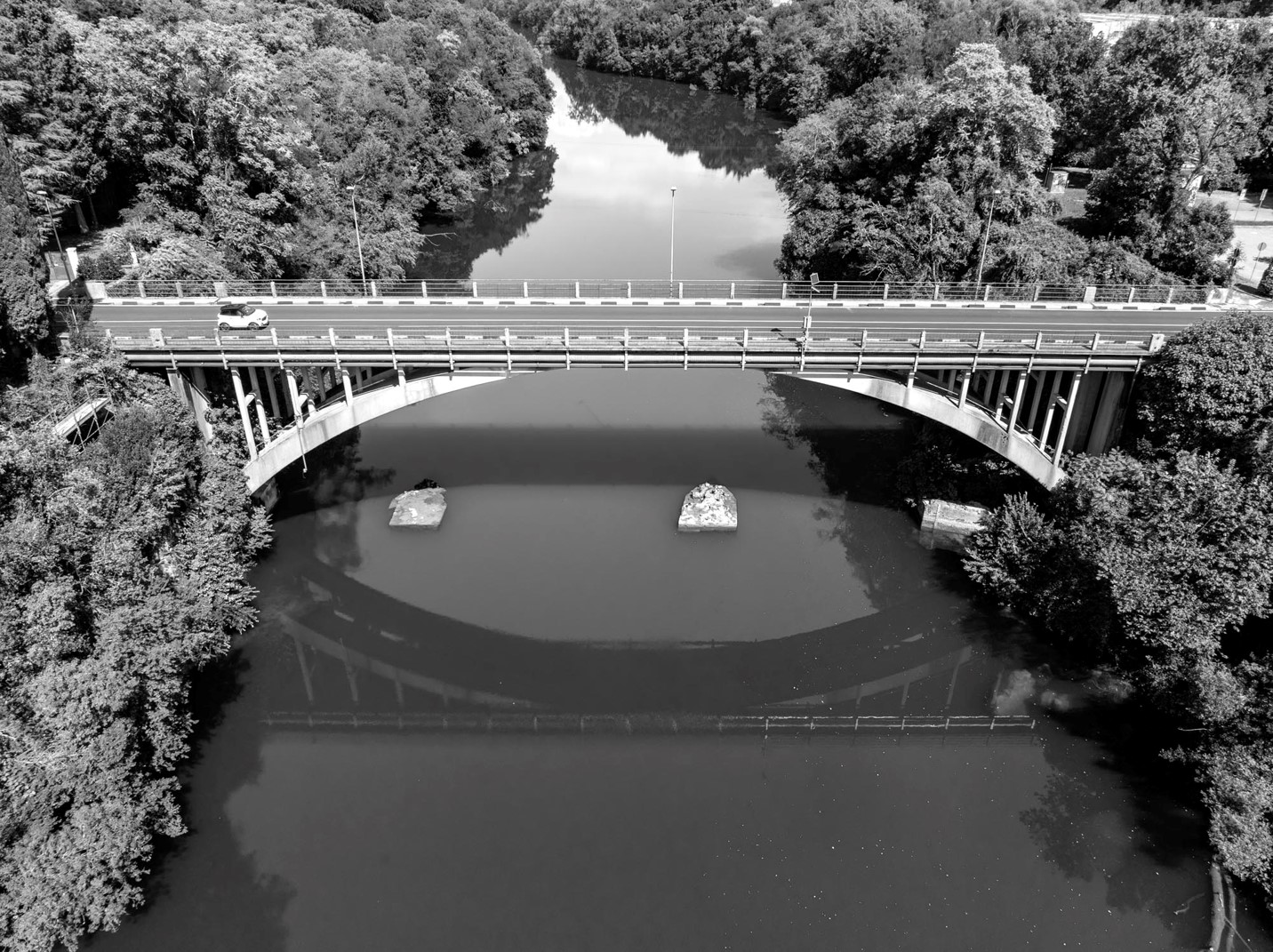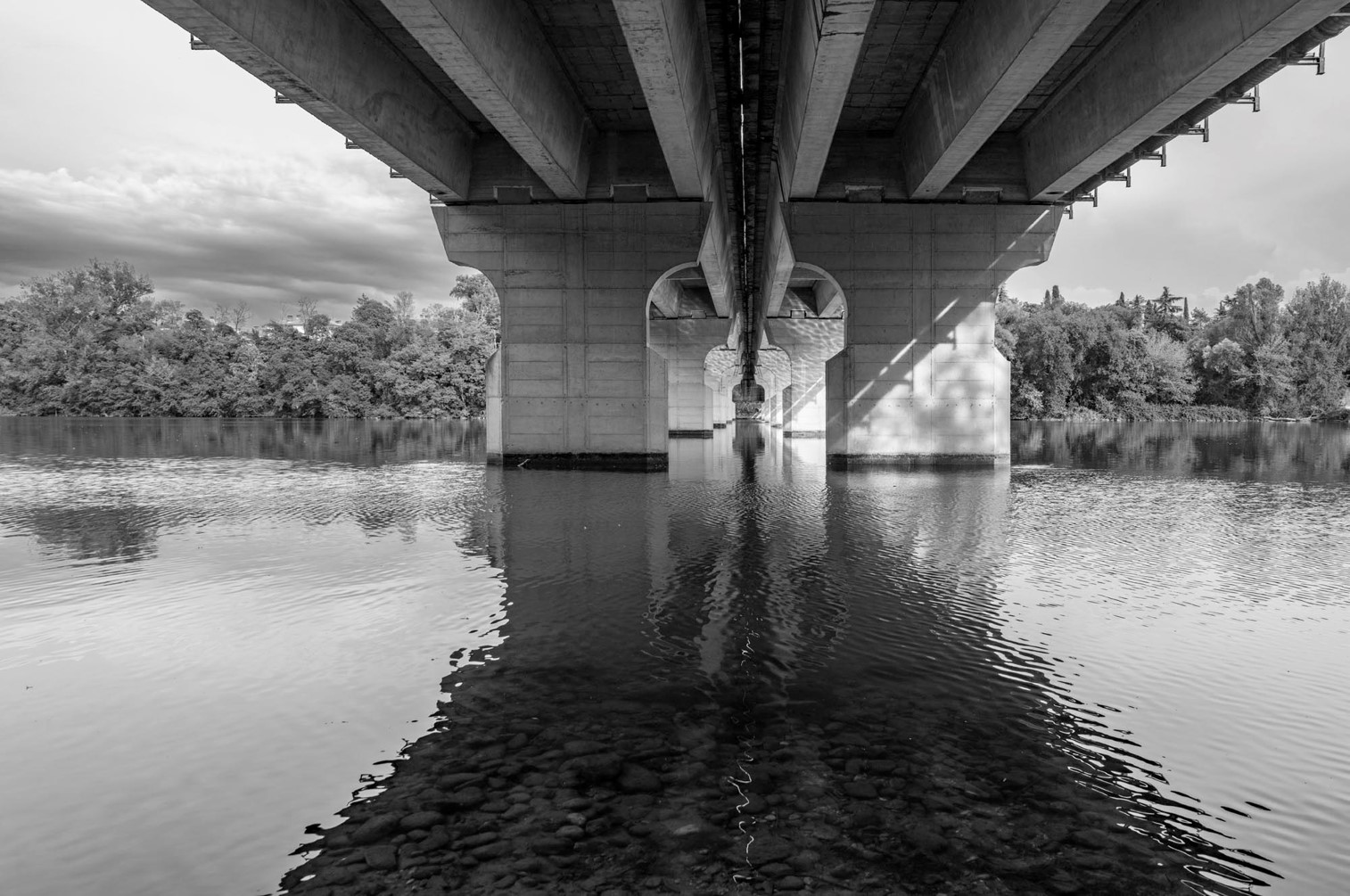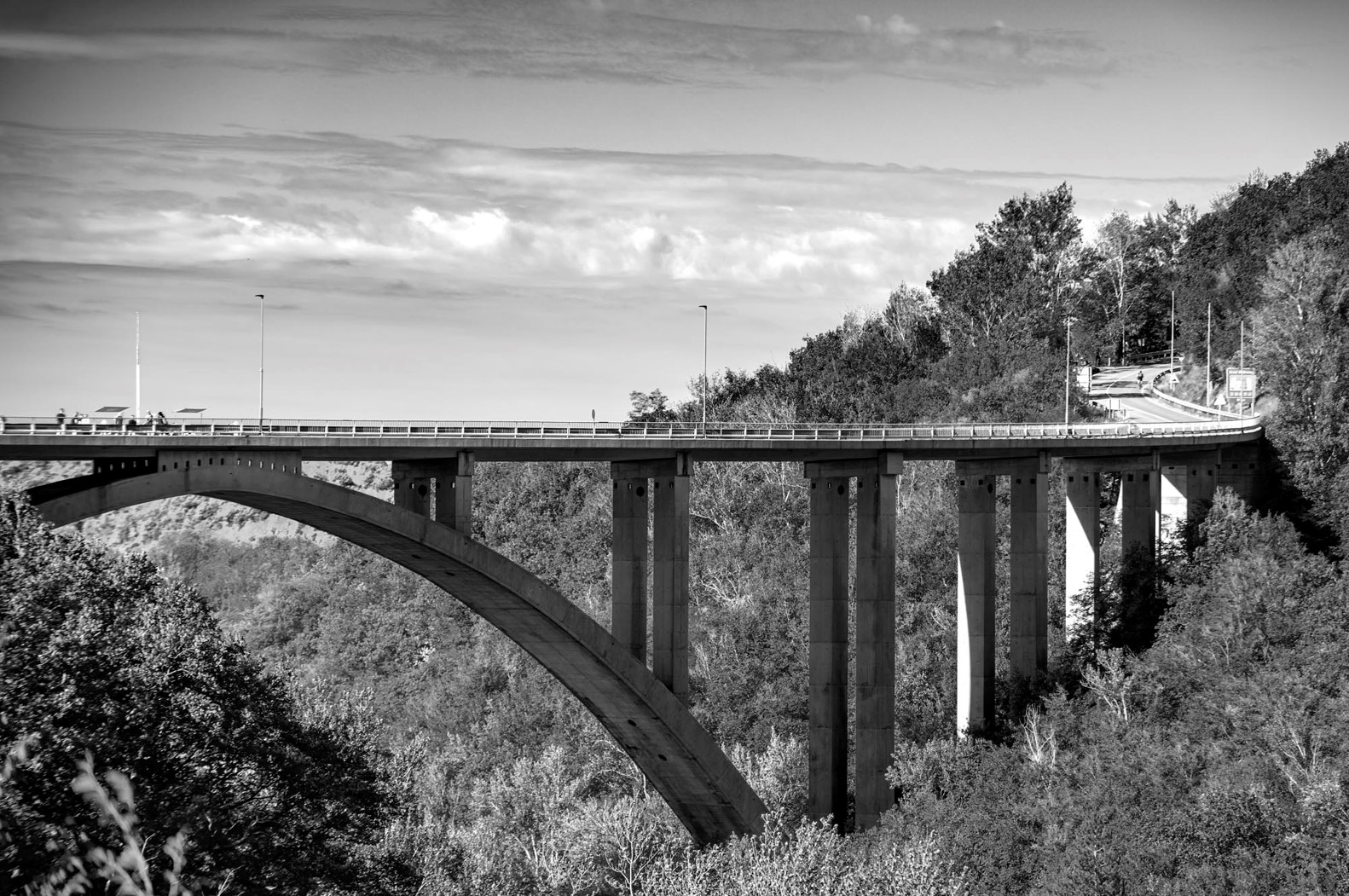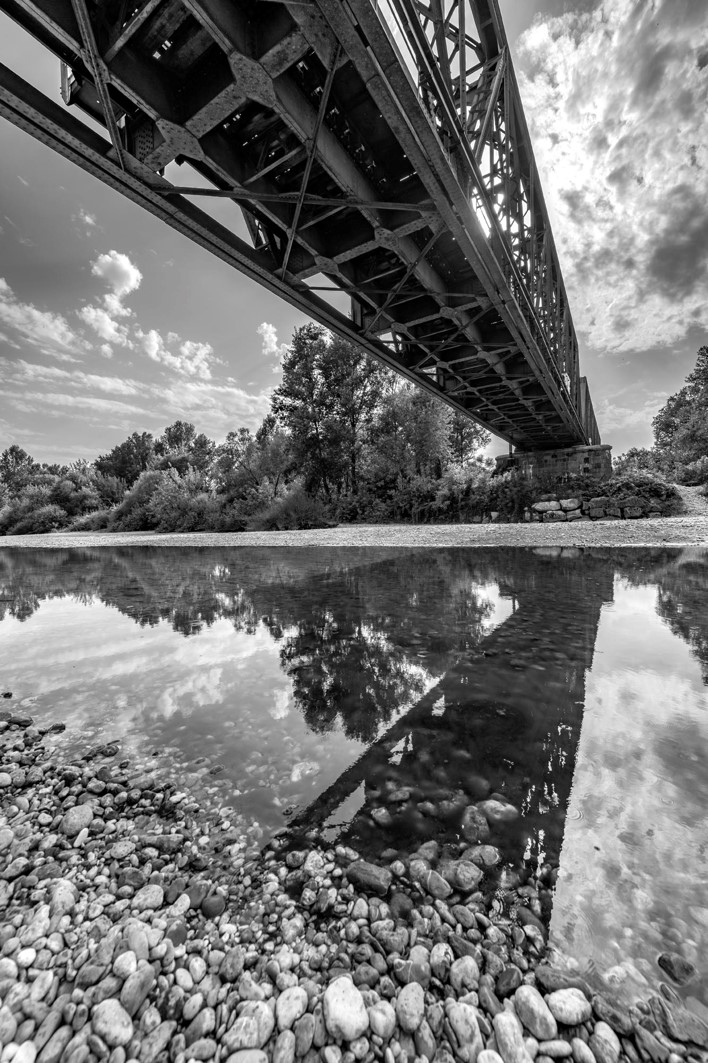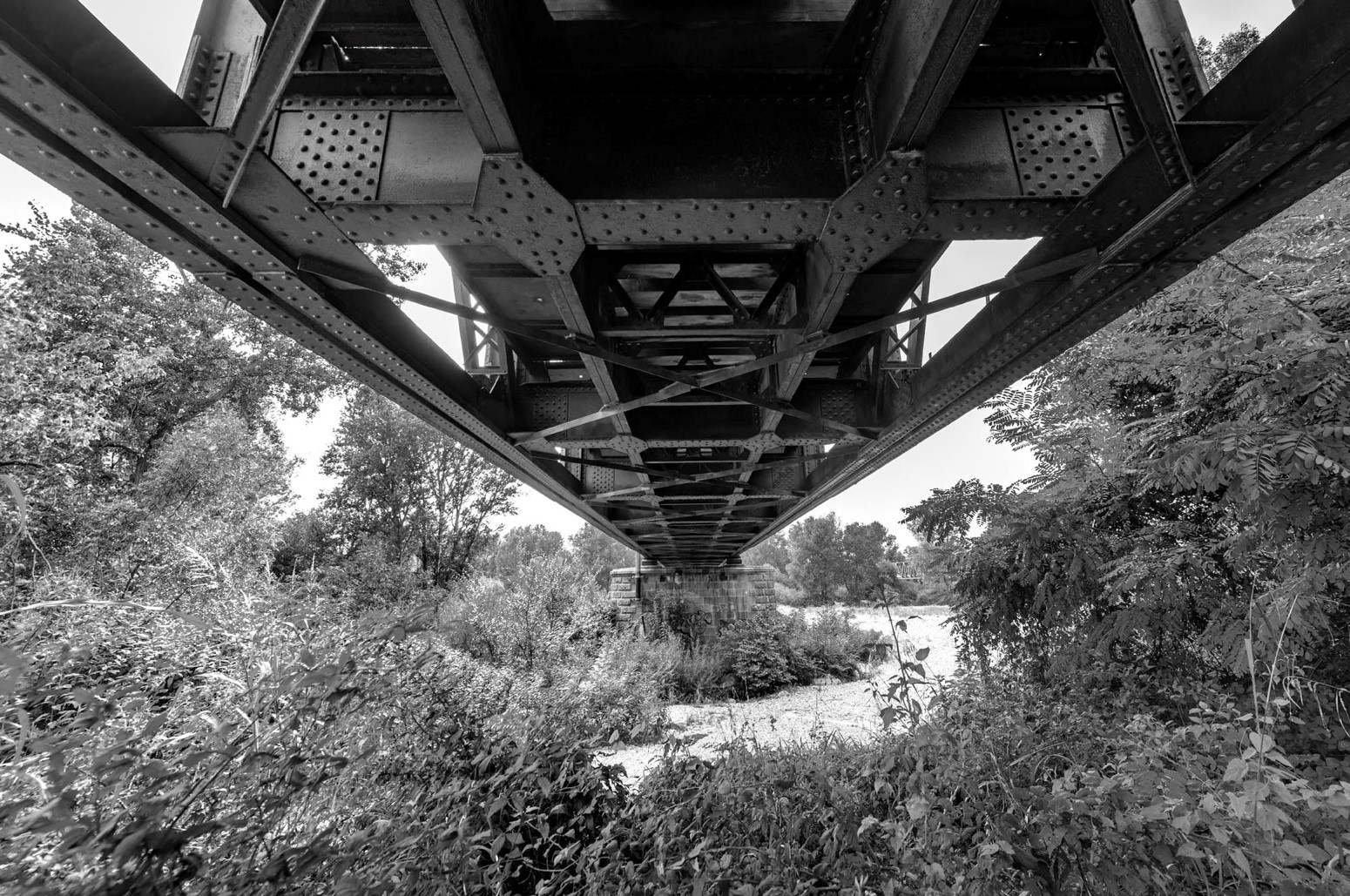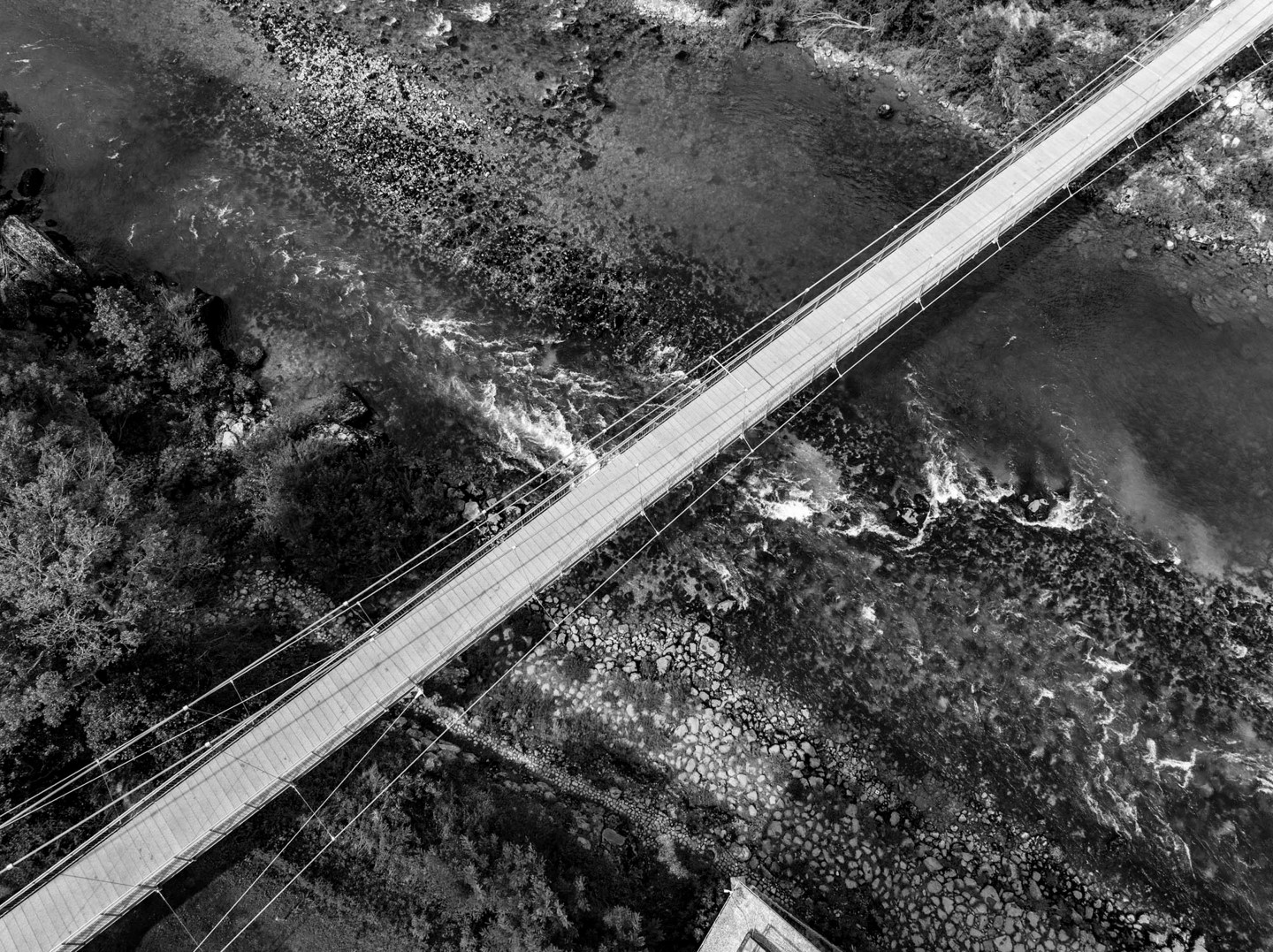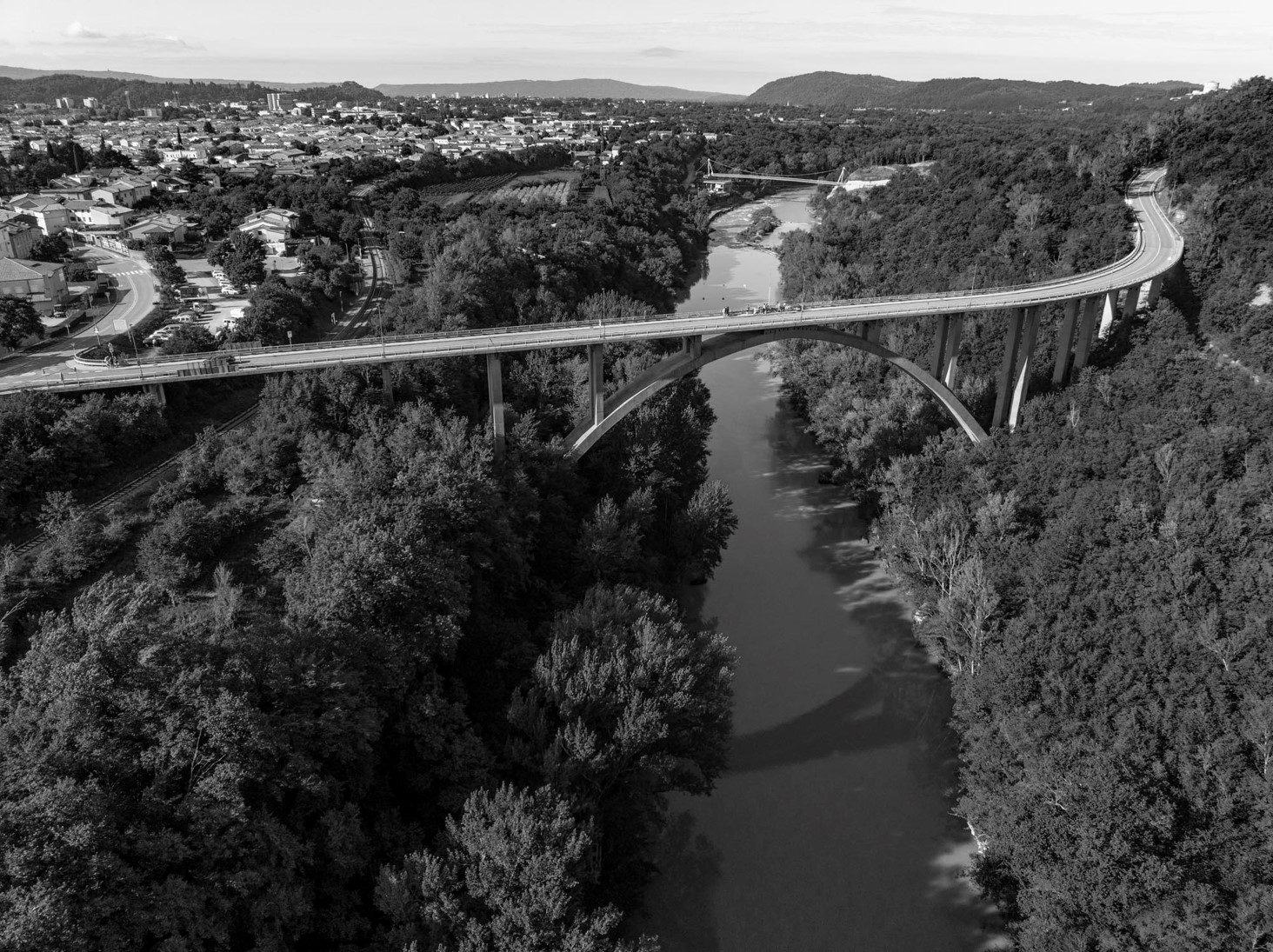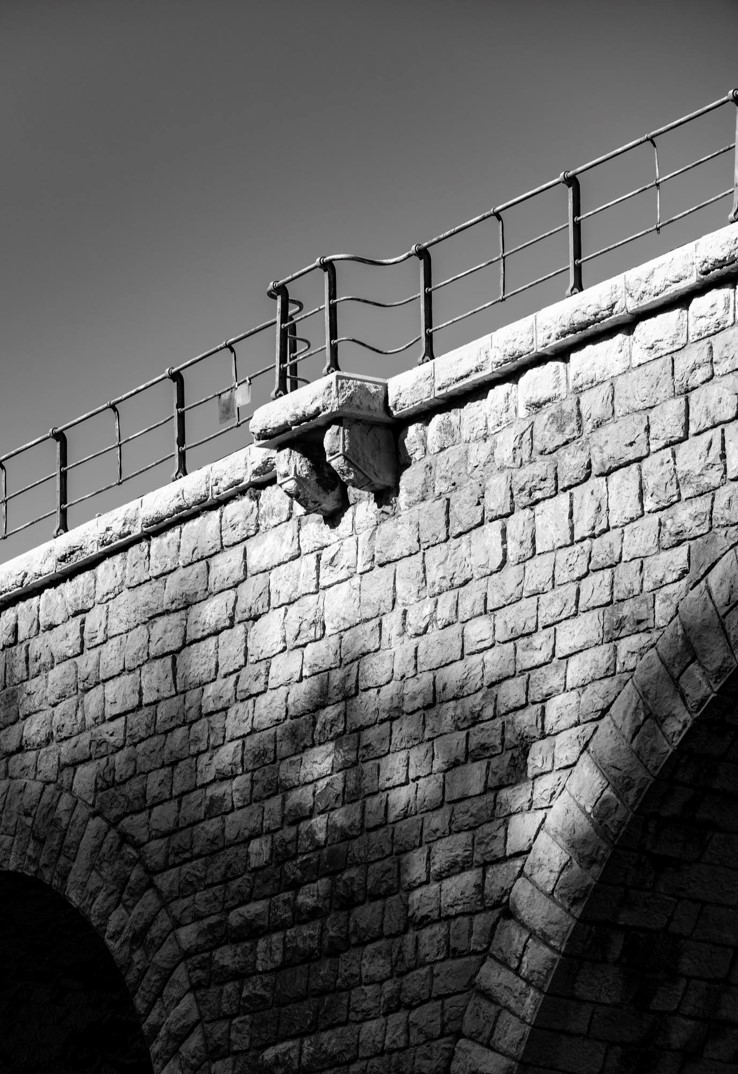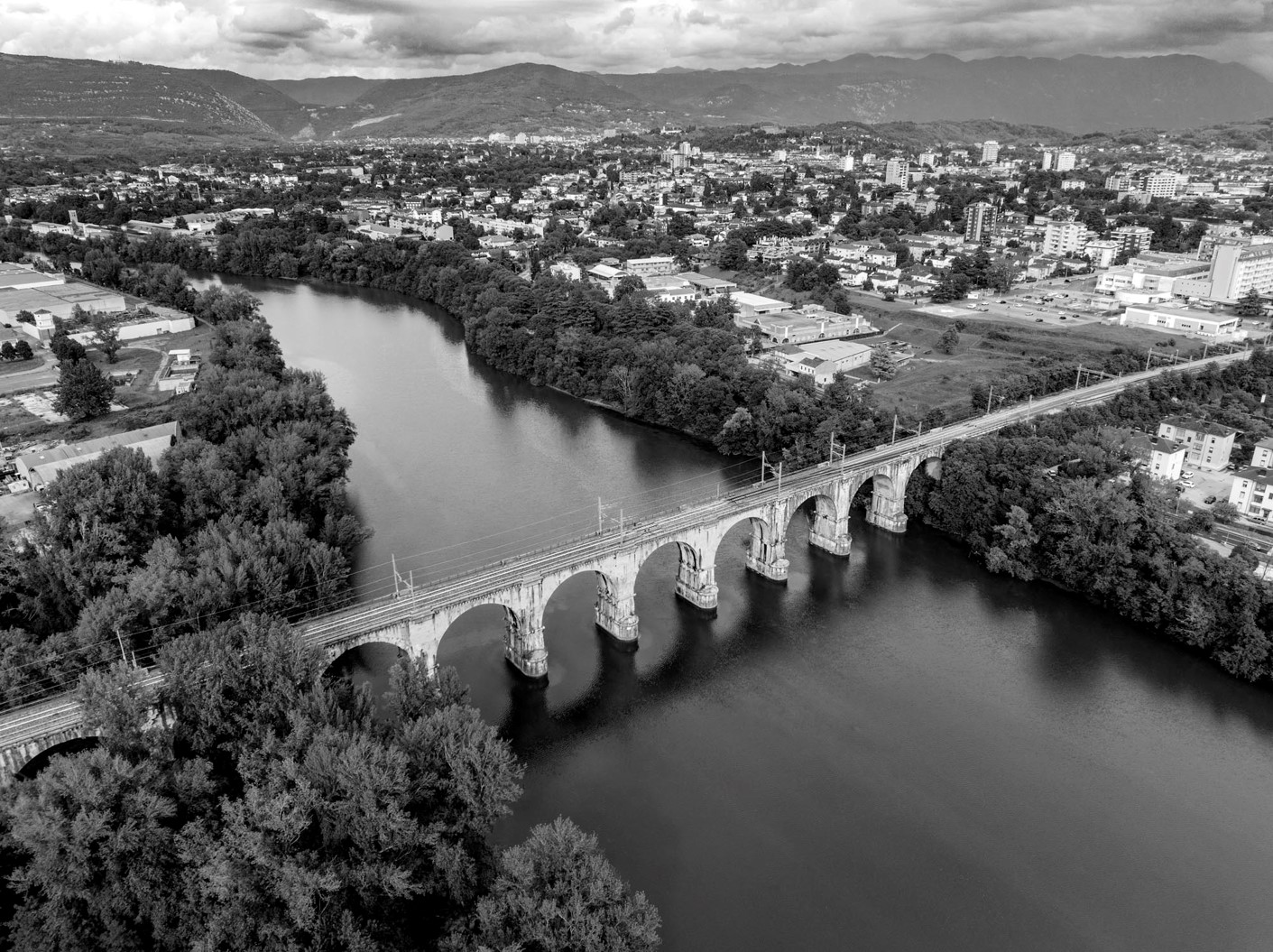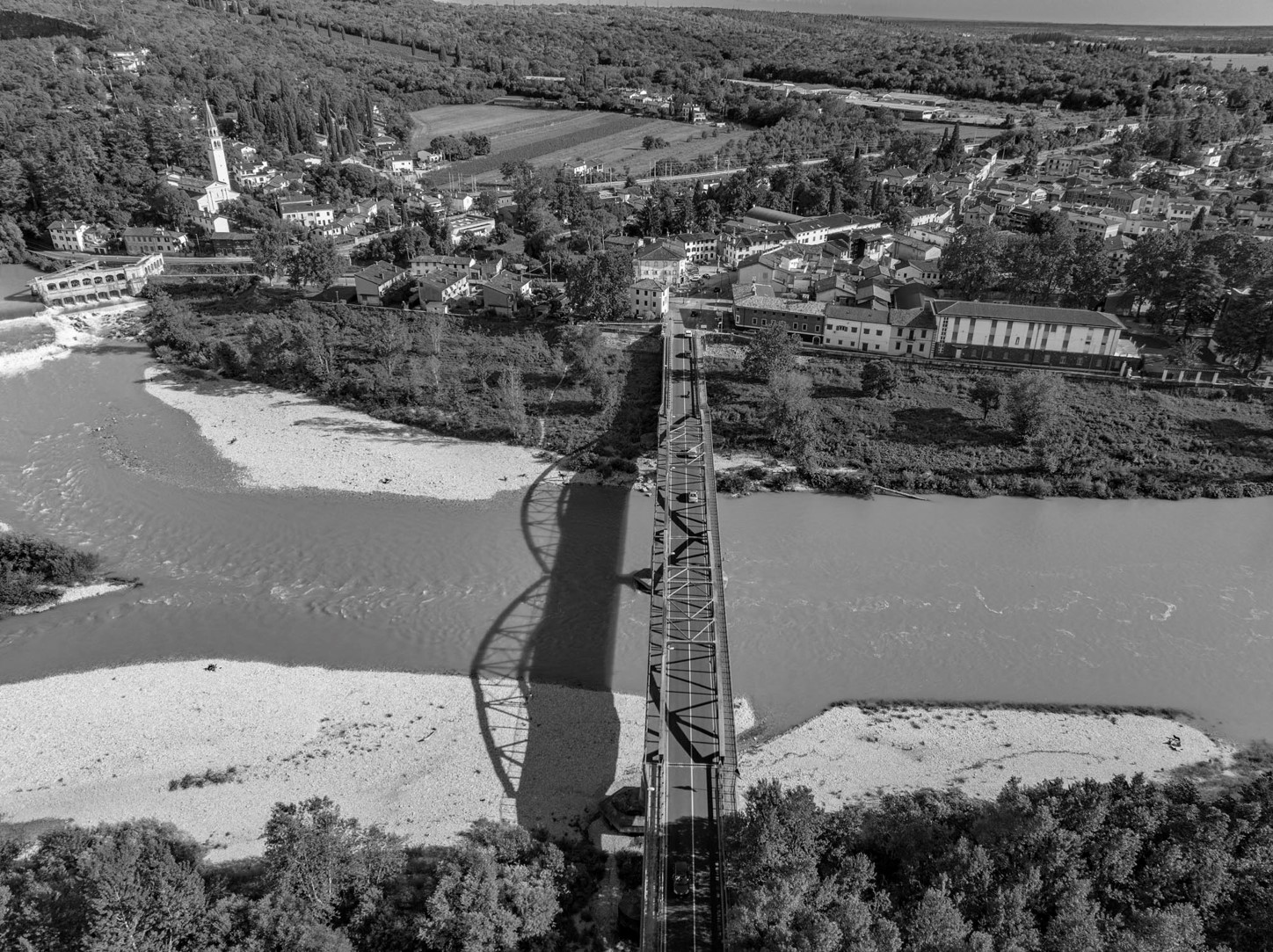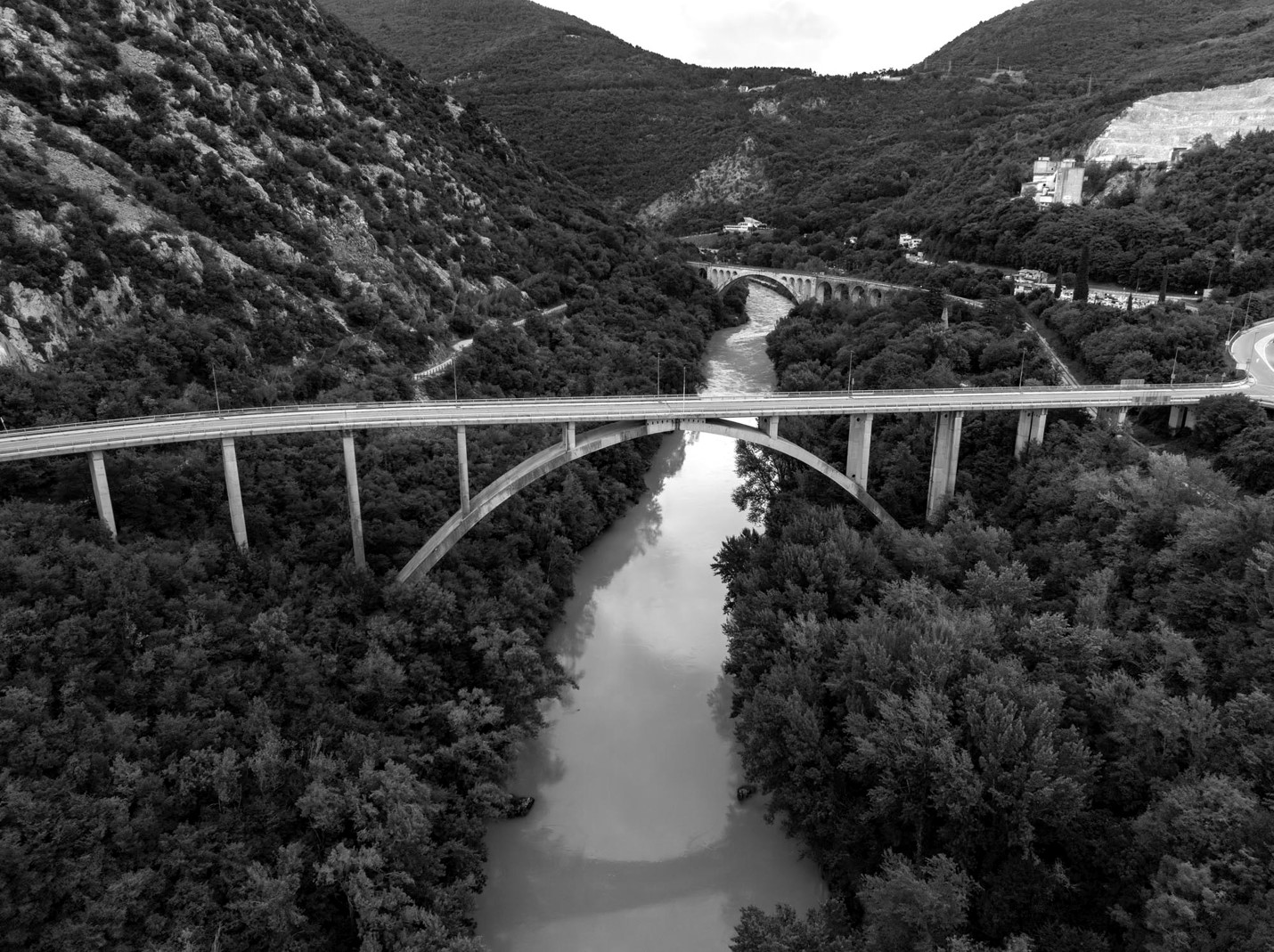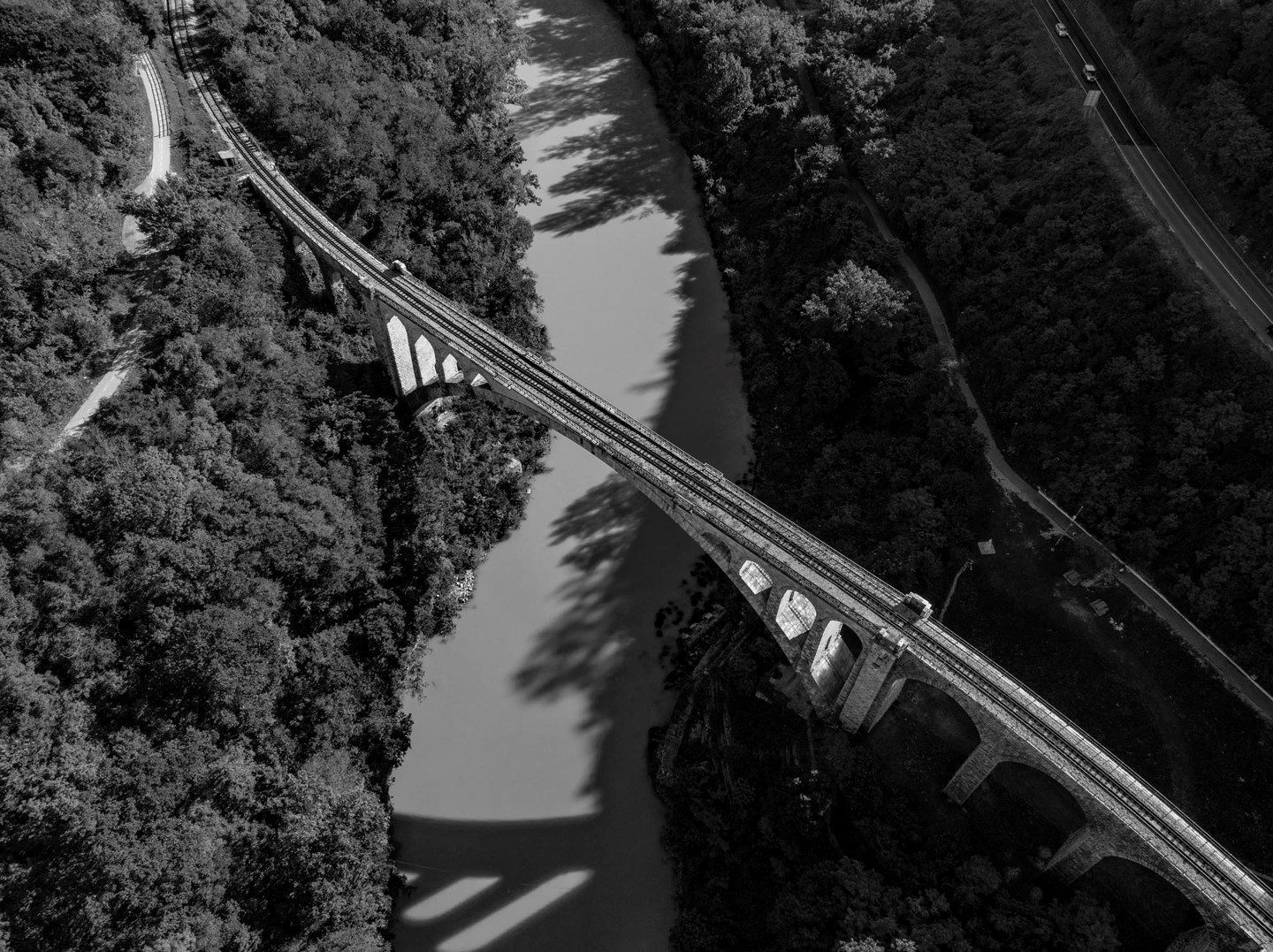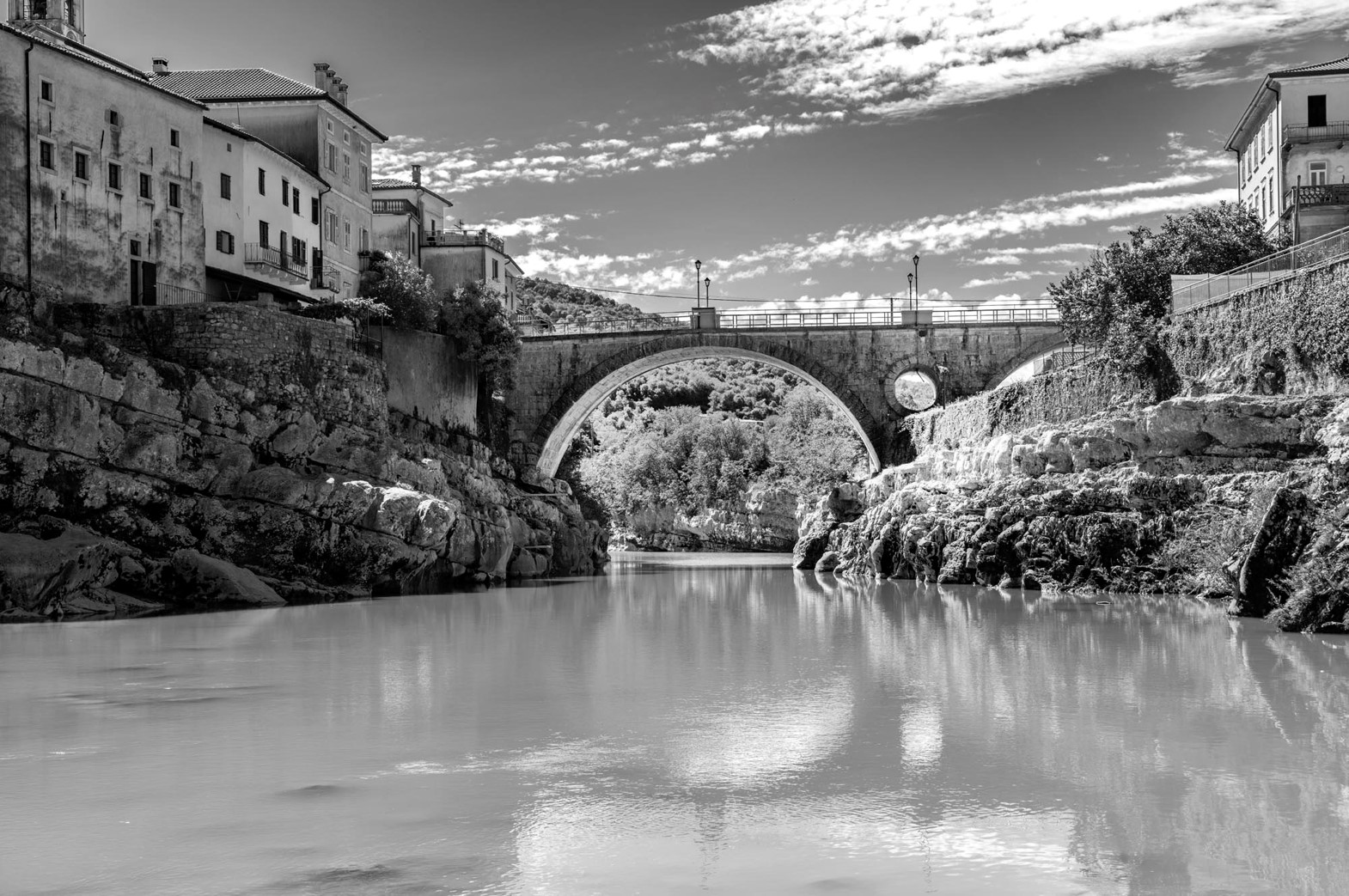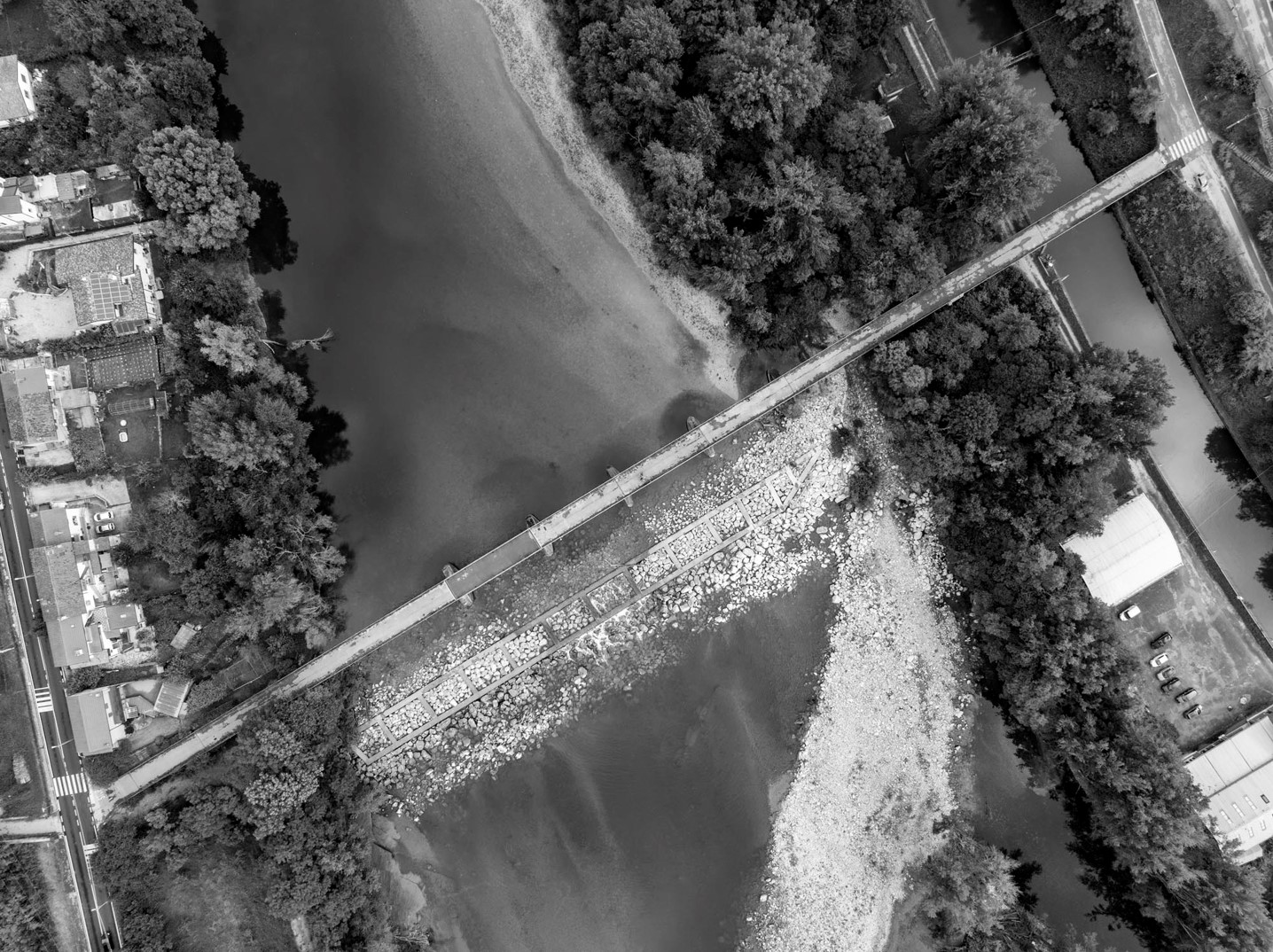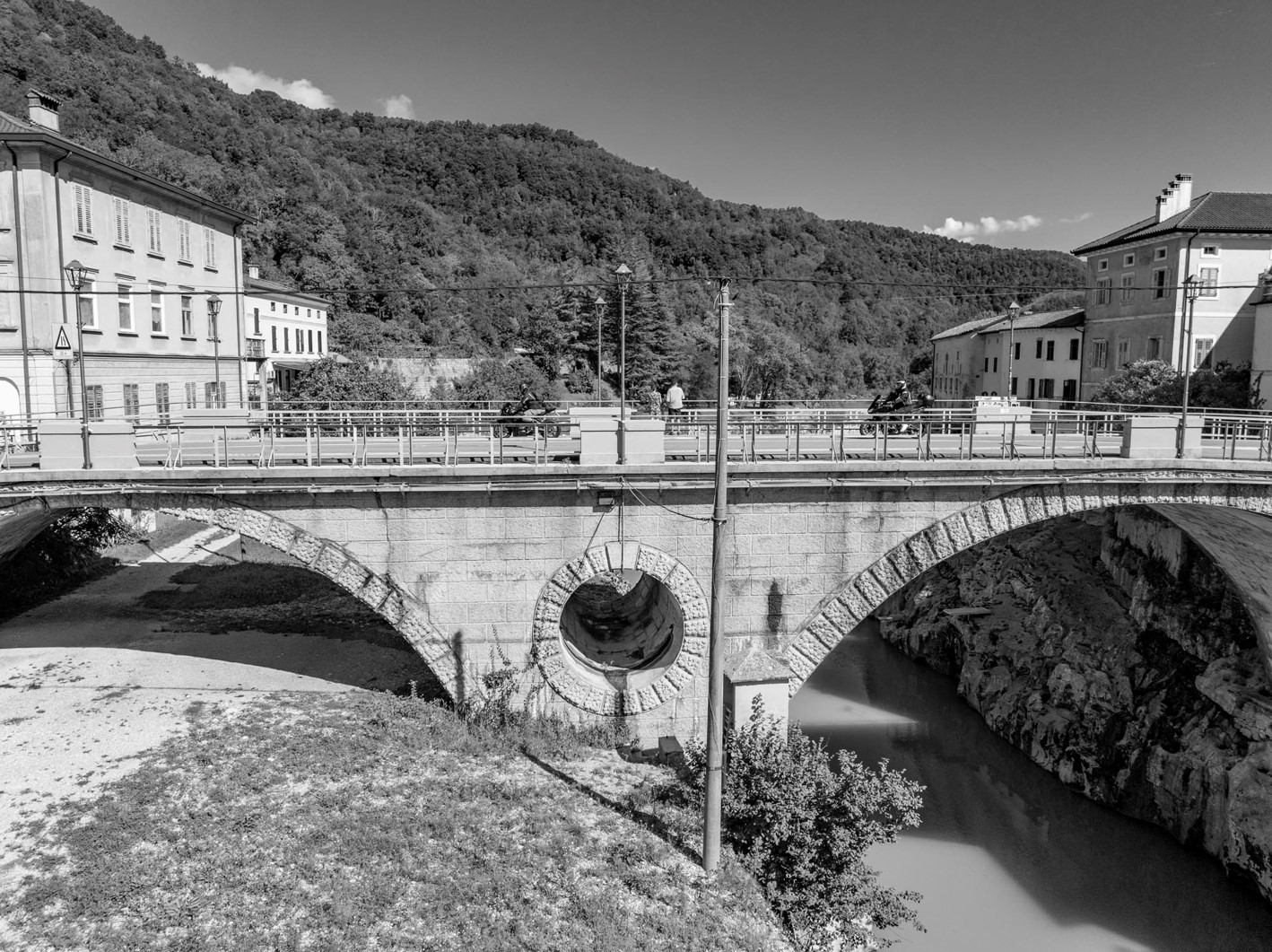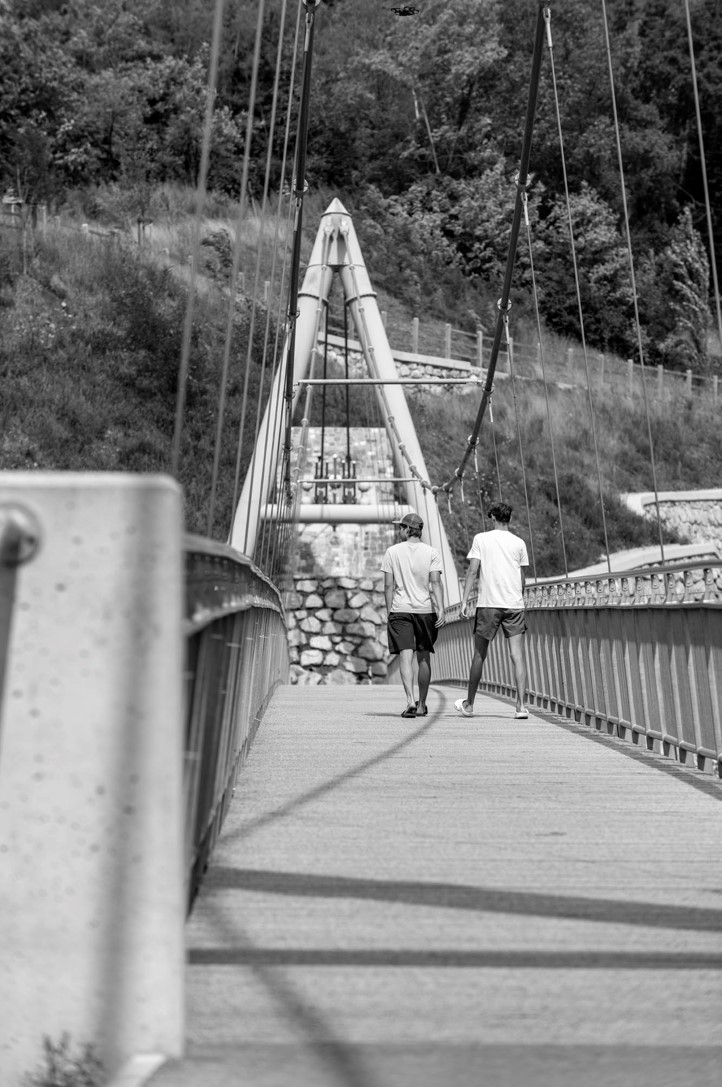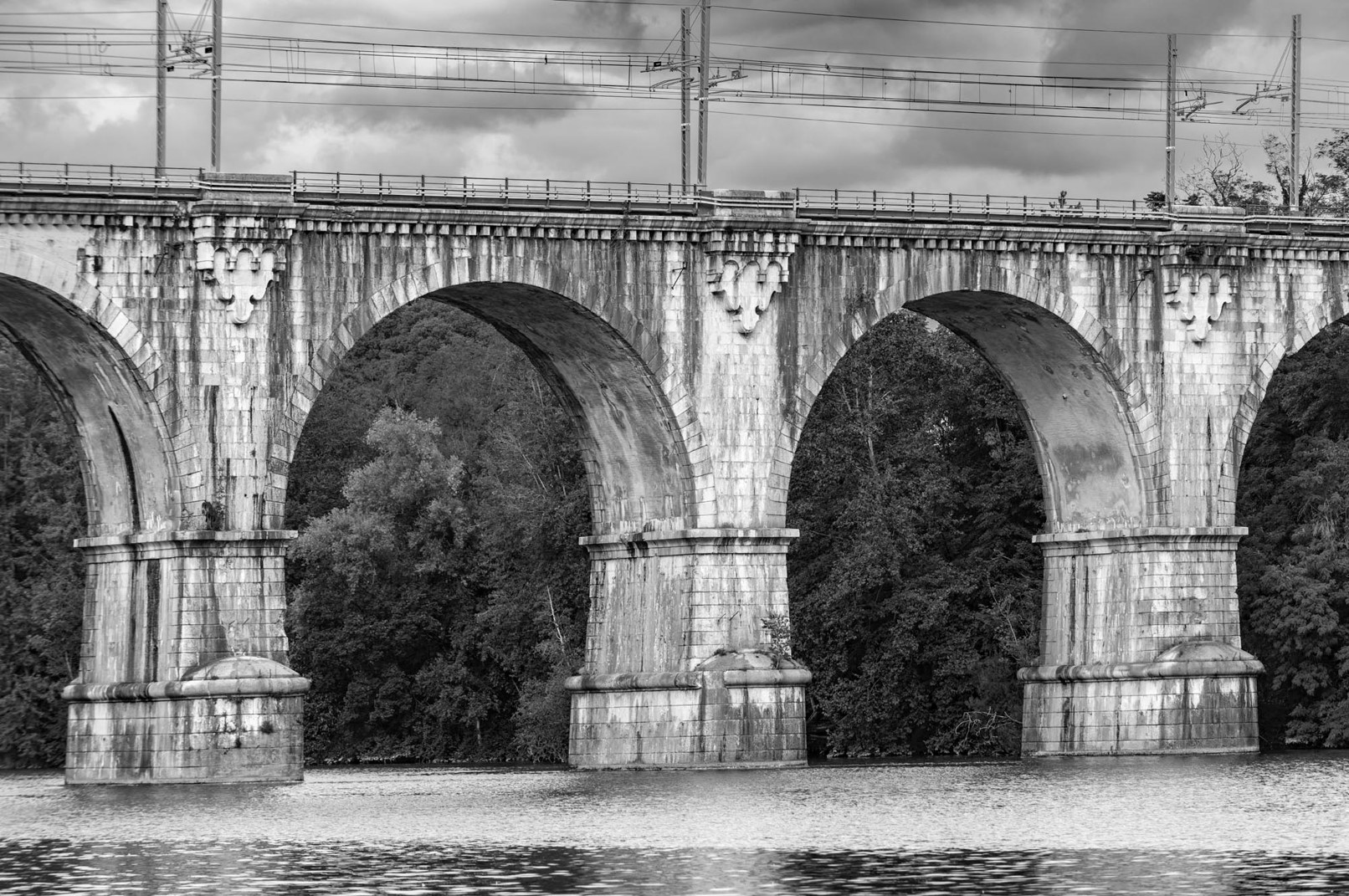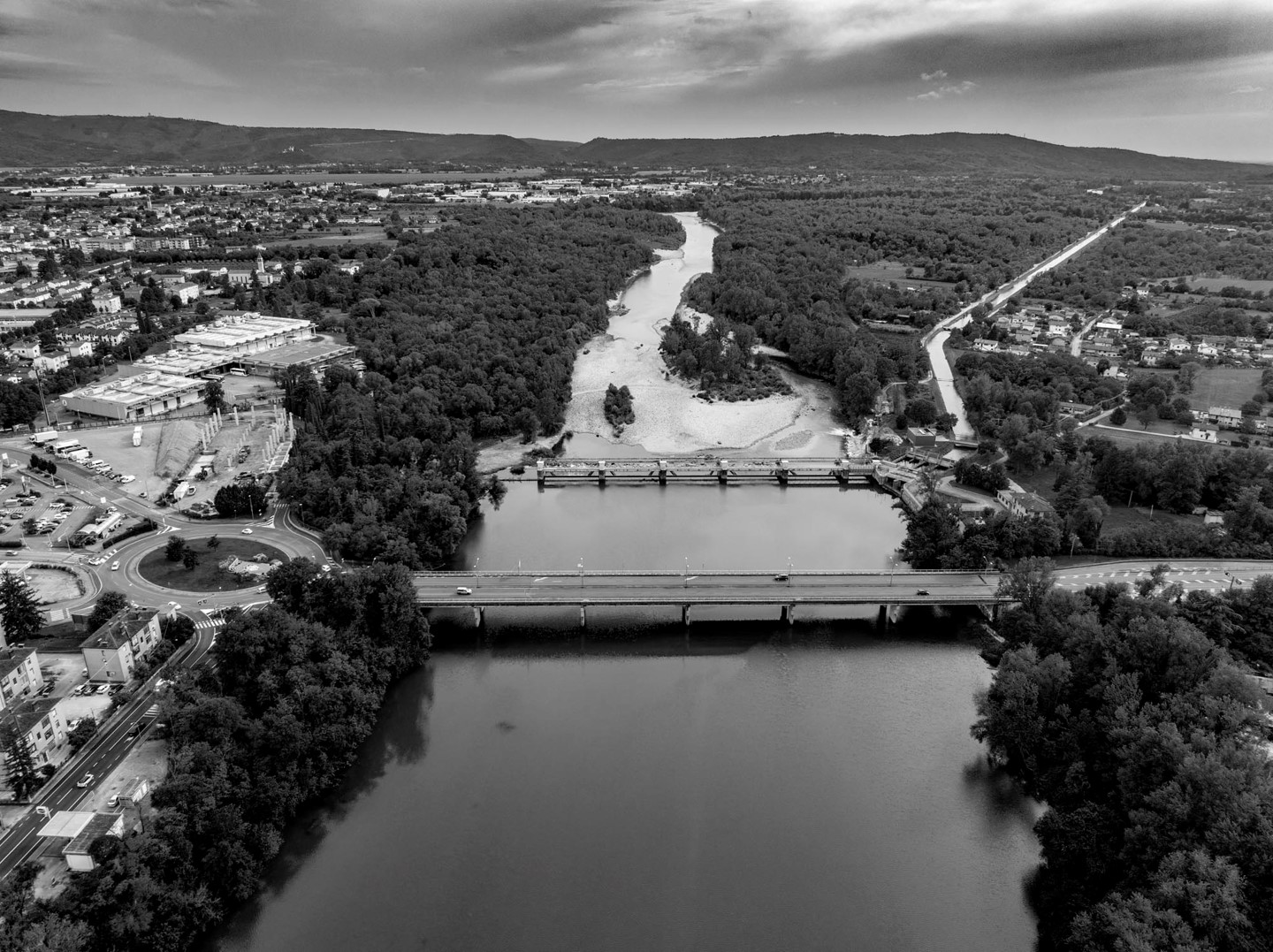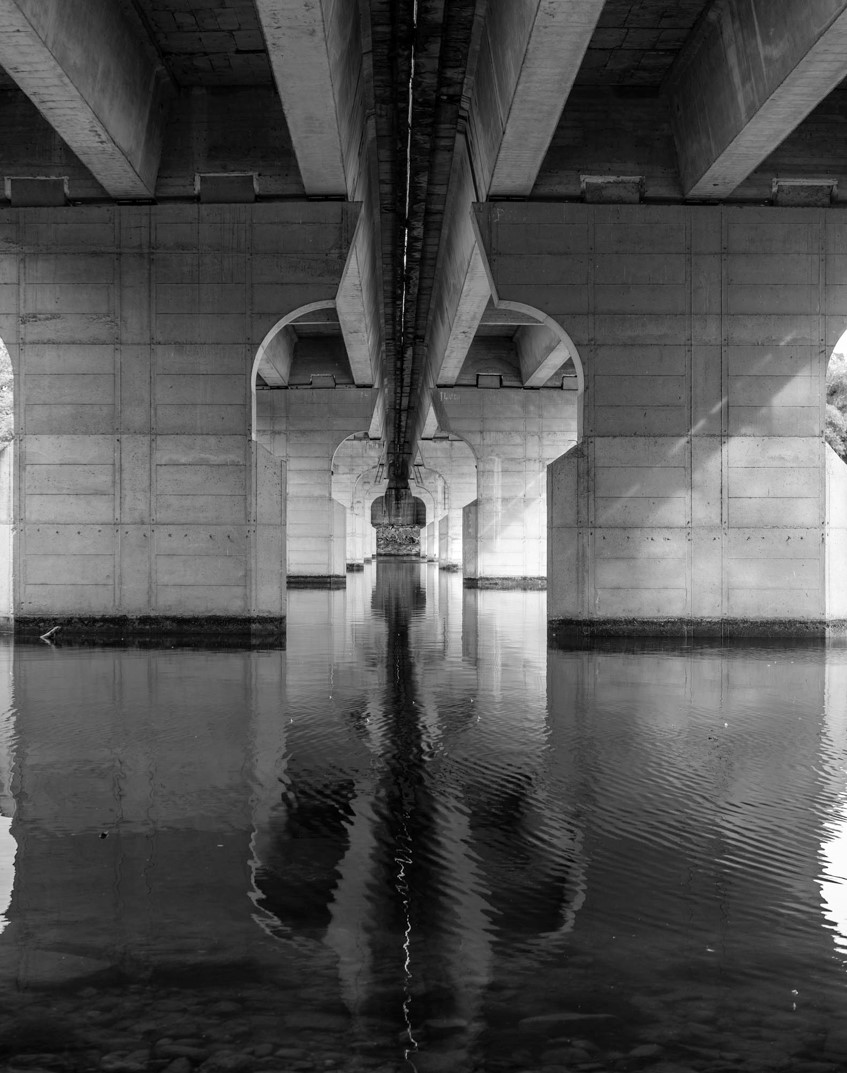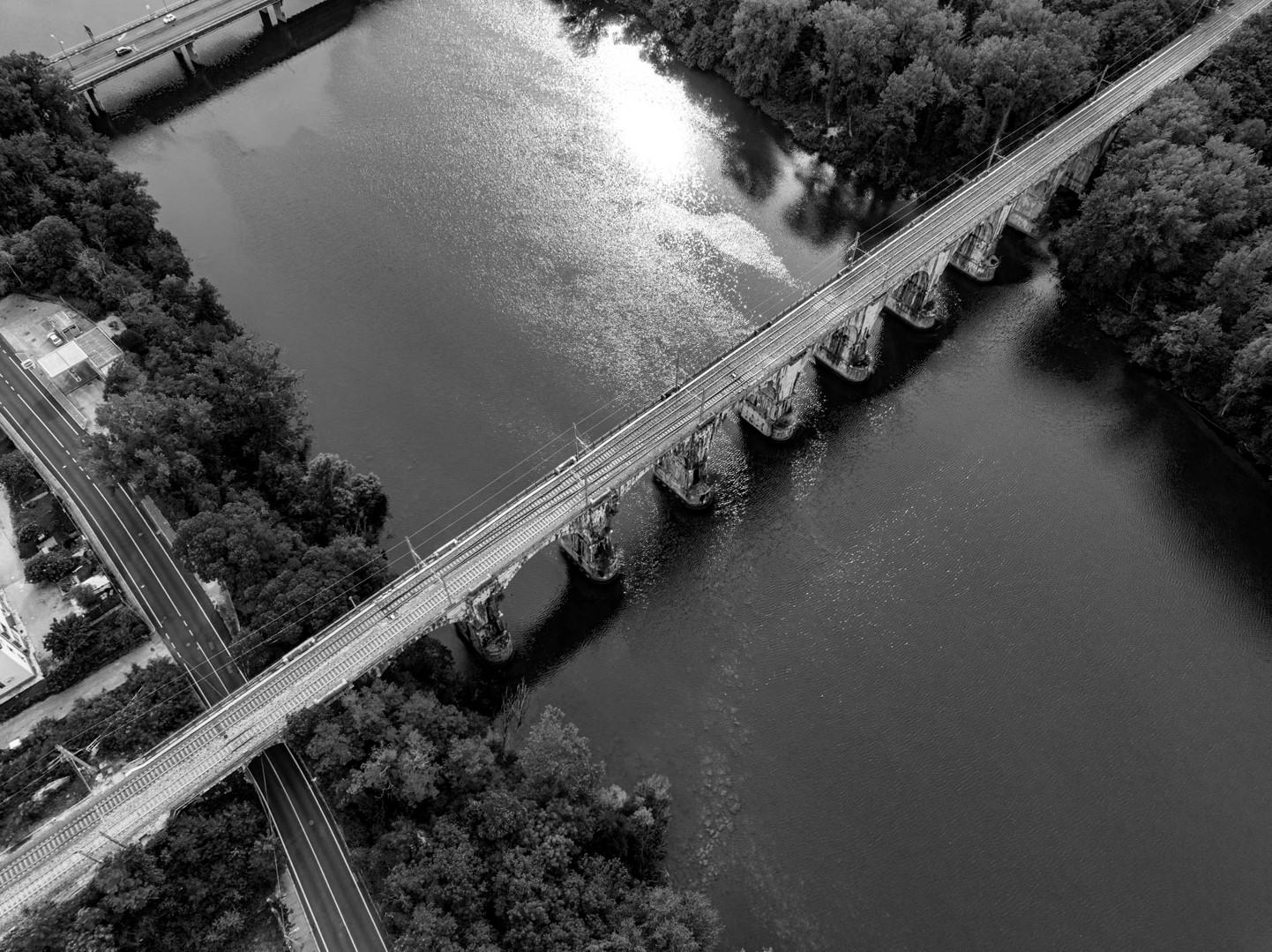
The
isonzo river
and its bridges
environment, landscape
Slovenia
Italia

Monfalcone-Grado Regional Road Bridge
Pieris SS14 State Road Bridge
Pieris Railway Bridge
Palmanova-Trieste Motorway Bridge (A4)
Sagrado Railway Bridge
Sagrado Bridge
Gradisca Poggio III Armata Single-Lane Bridge
Mainizza Roman Bridge
Villesse-Gorizia Motorway Bridge (A34)
SR117 Regional Road Bridge
Ponte 9 Agosto Bridge
Gorizia Railway Bridge
Piedimonte Footbridge
Piuma Bridge
Solkan Footbridge
Osimo Road Bridge
Solkan Railway Bridge
Deskle Road Bridge
Kanal Bridge
Ajba Rail Bridge
Most na Soči Bridge
Napoleon Bridge
Beruna Bridge
The
ISONZO RIVER
and its bridges
Along its course, the river passes through Bovec, Kobarid, Tolmin, Solkan, Nova Gorica, Gorizia, Gradisca, Sagrado, Fogliano, San Pier d’Isonzo, Fiumicello, San Canzian d’Isonzo and Staranzano.
Beyond its upper course-where it flows torrentially through the extraordinary landscape of the Trenta Valley with its bends, ravines, gorges, and waterfalls — the riverbed widens past Bovec into its middle course. In its lower stretch, the river reveals its full majesty, displaying its distinctive emerald-green waters.
After entering Italian territory at Gorizia, the river’s influence becomes so profound that it gives its name to the surrounding area: the Isontino. Finally, the river shapes the natural landscape, winding through lush vegetation and creating graceful meandering bends before flowing into the sea.
Una mostra
senza confini
Razstava
brez meja


This collection showcases these bridges — presenting their history, construction techniques, materials, and future prospects. It takes visitors on a journey through the territory nourished by this river, revealing its rich social, political, and cultural heritage.
The collection traces recurring cycles of destruction and renewal — from the barbarian invasions to the devastating World Wars — as repeated conflicts led to these bridges being demolished and rebuilt.
that needs to be told
through the eyes of engineers,
those men and women
whose task it is to design them,
adapt them to new needs,
repair them and, when necessary,
tell their story.
